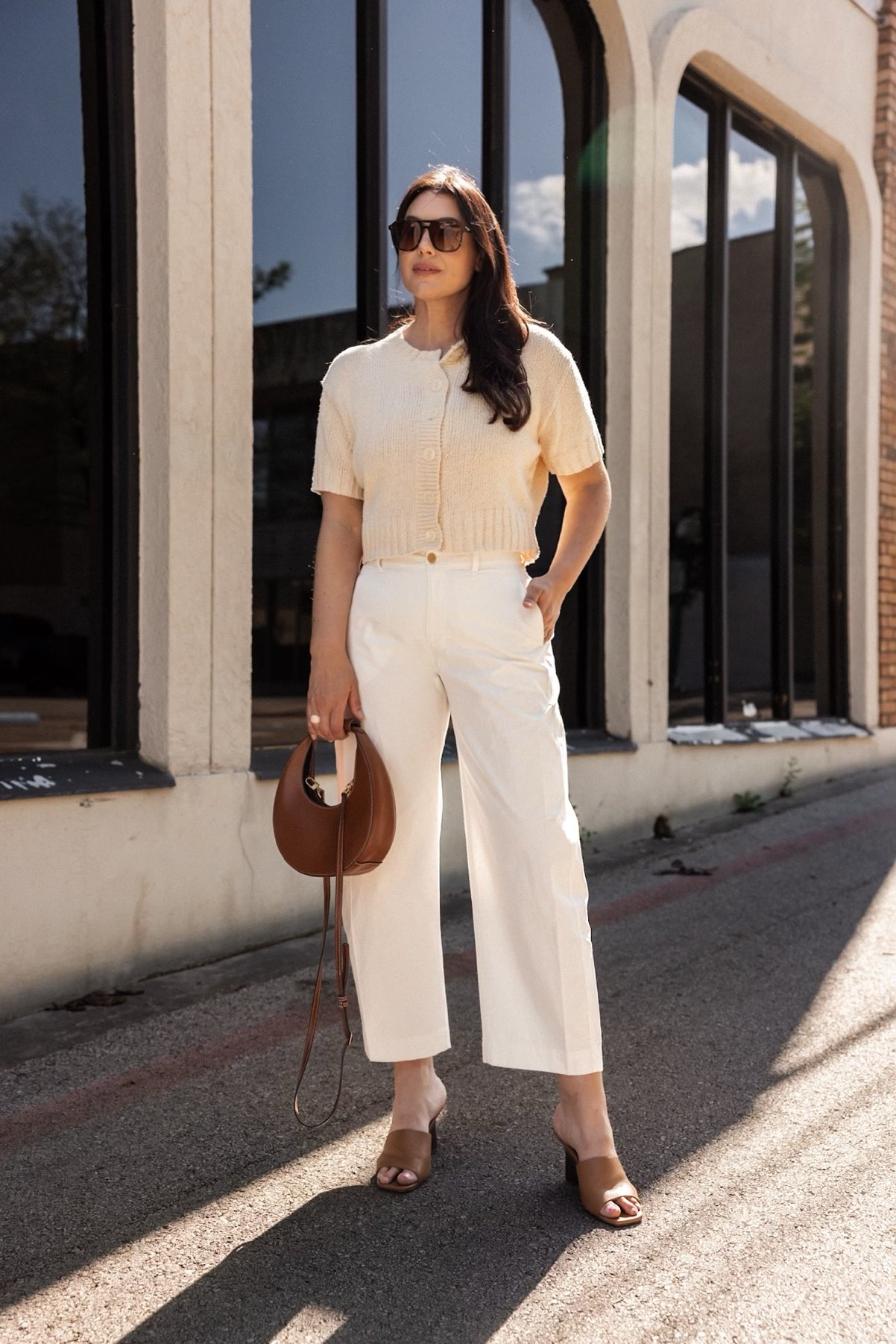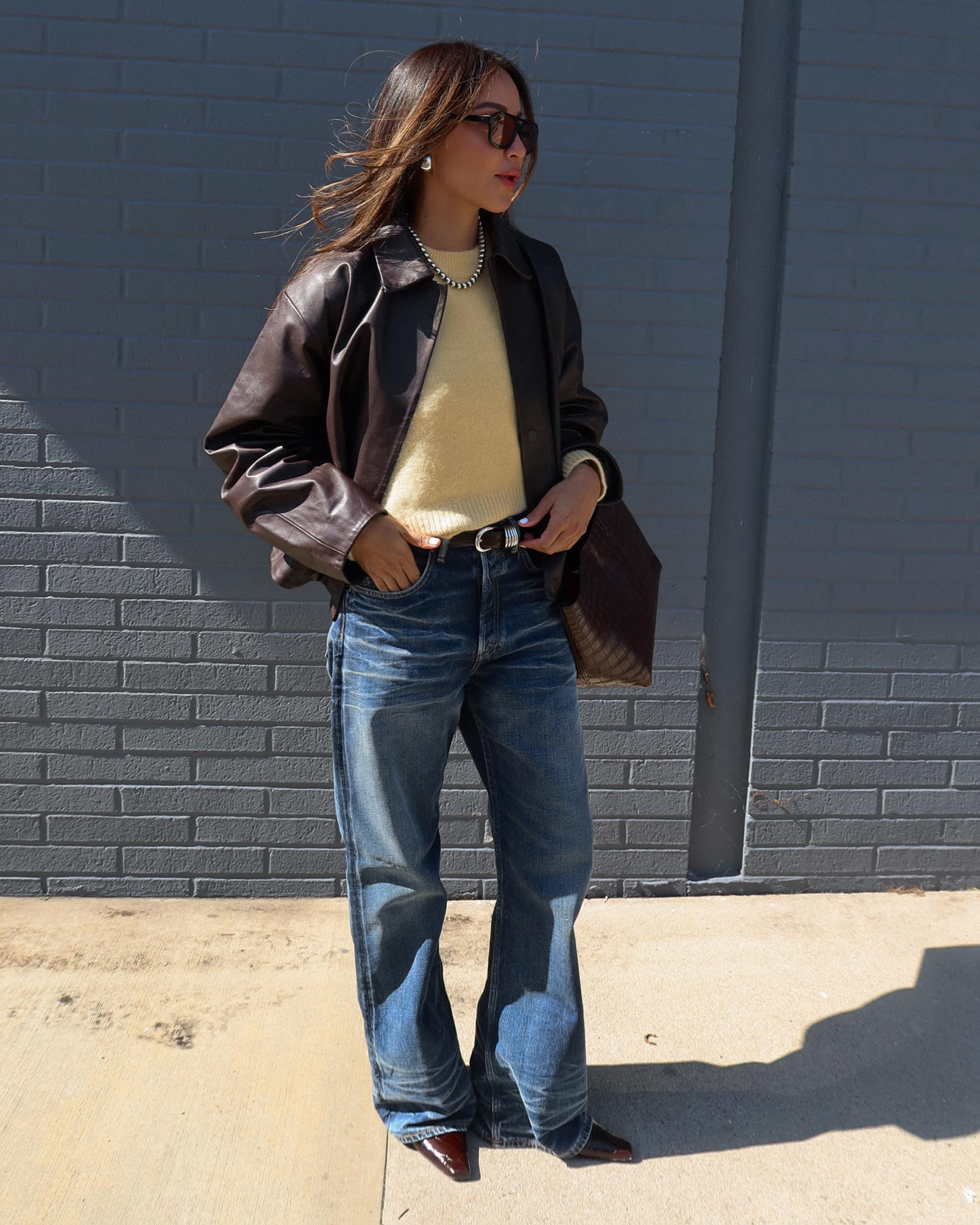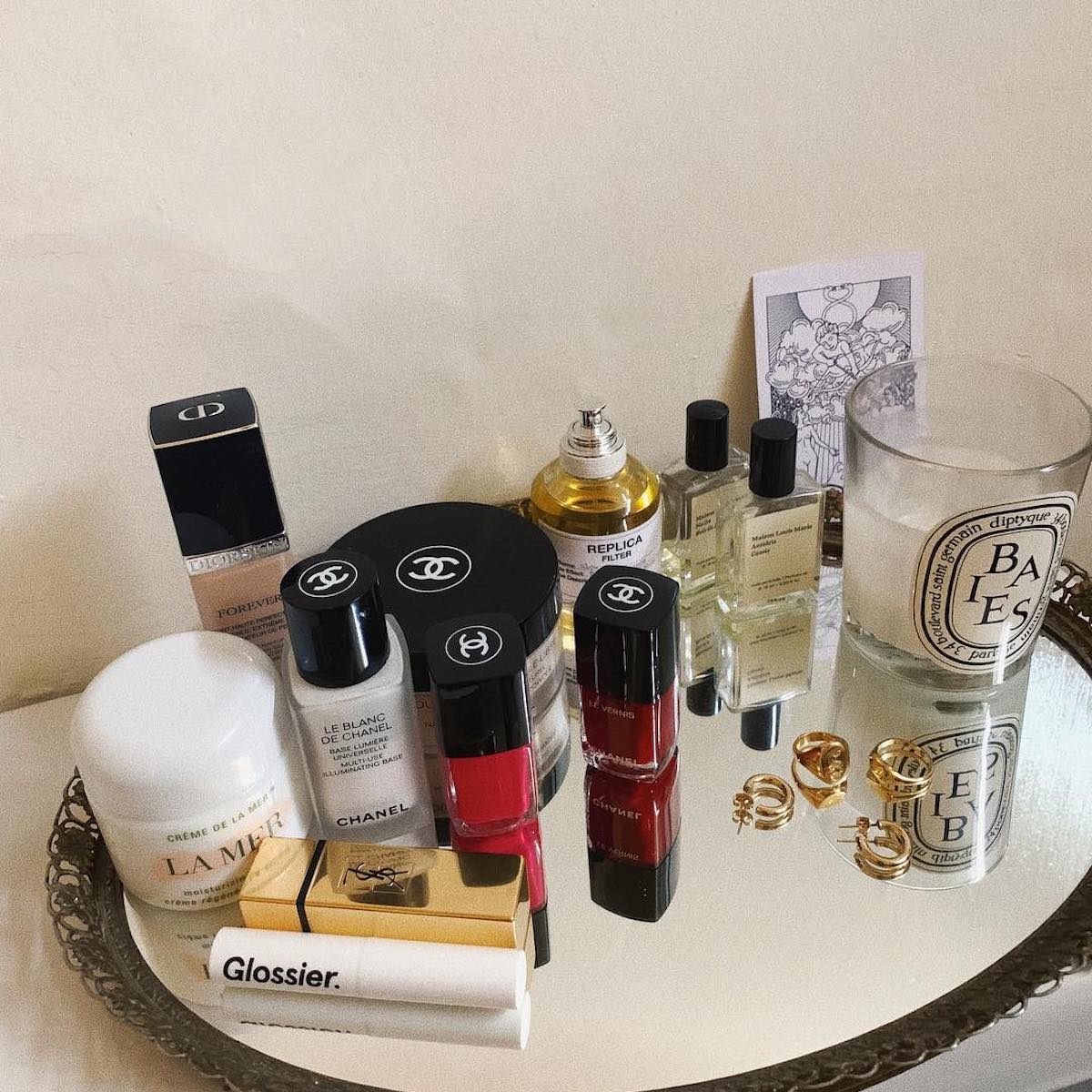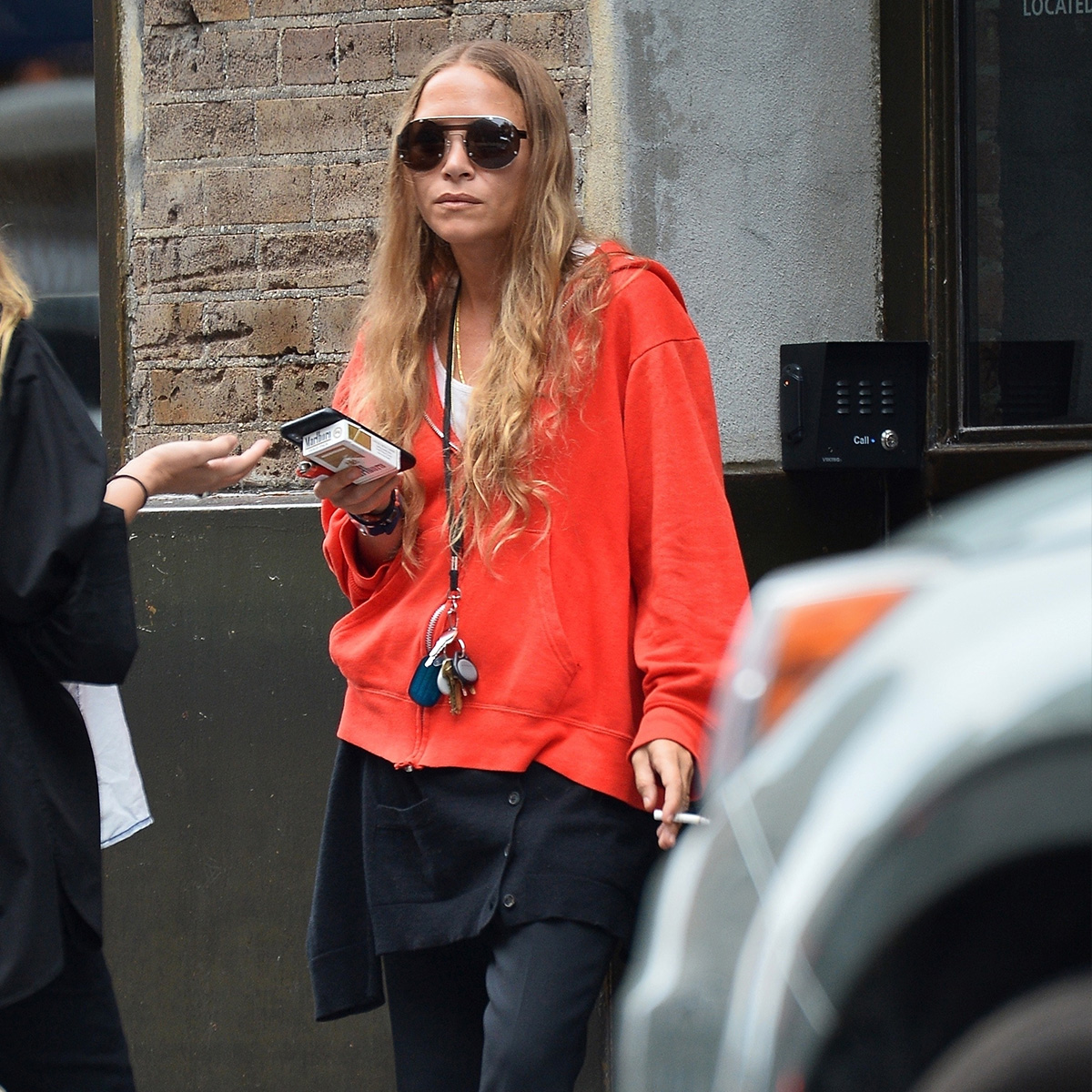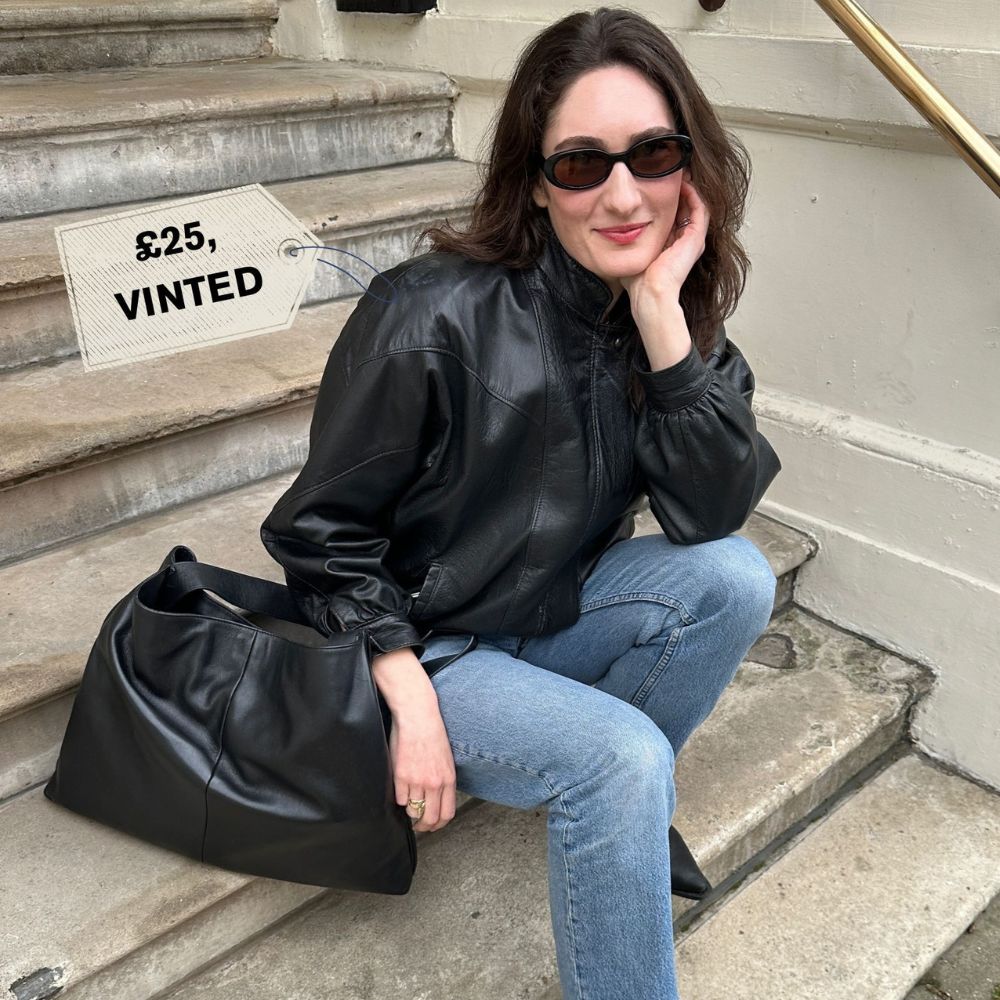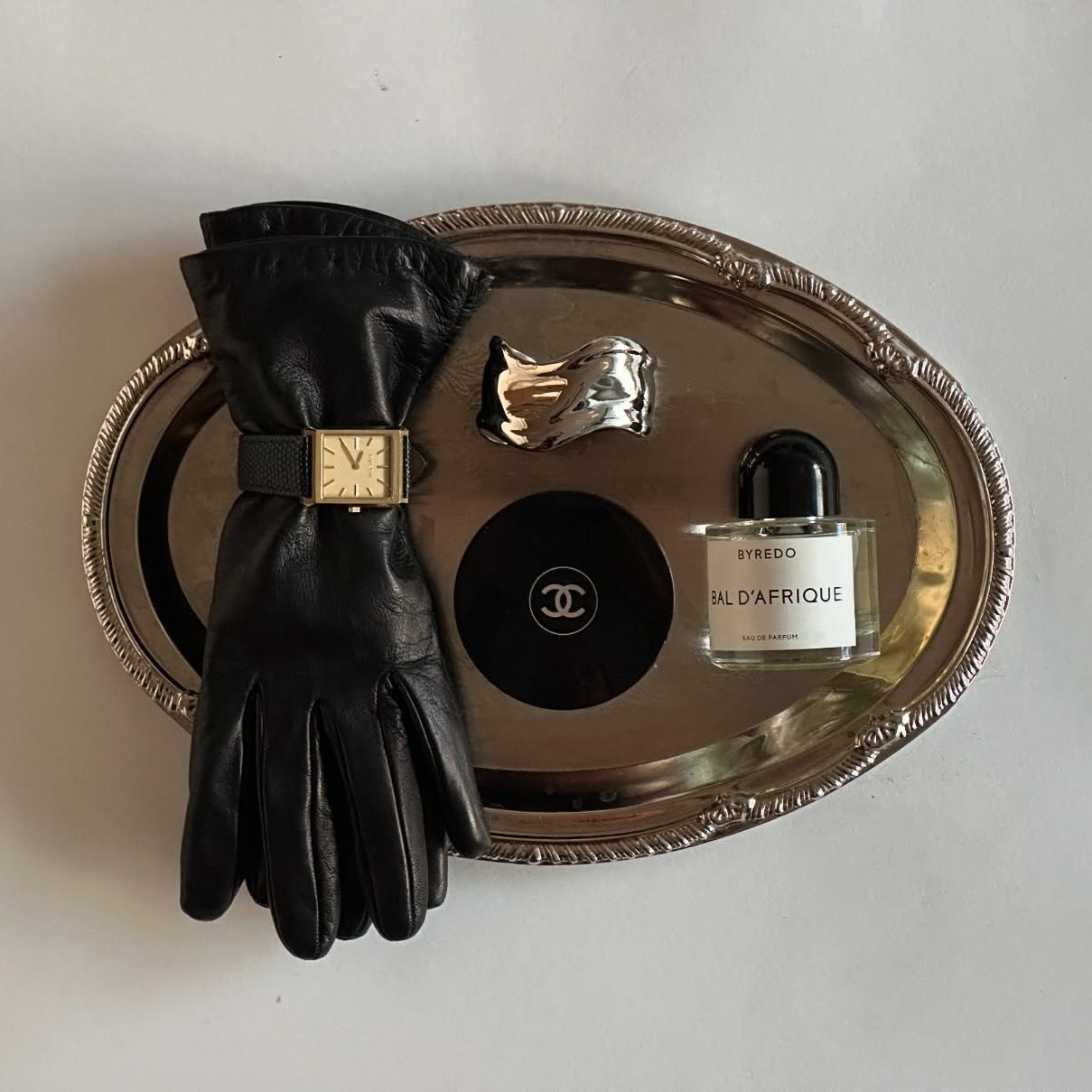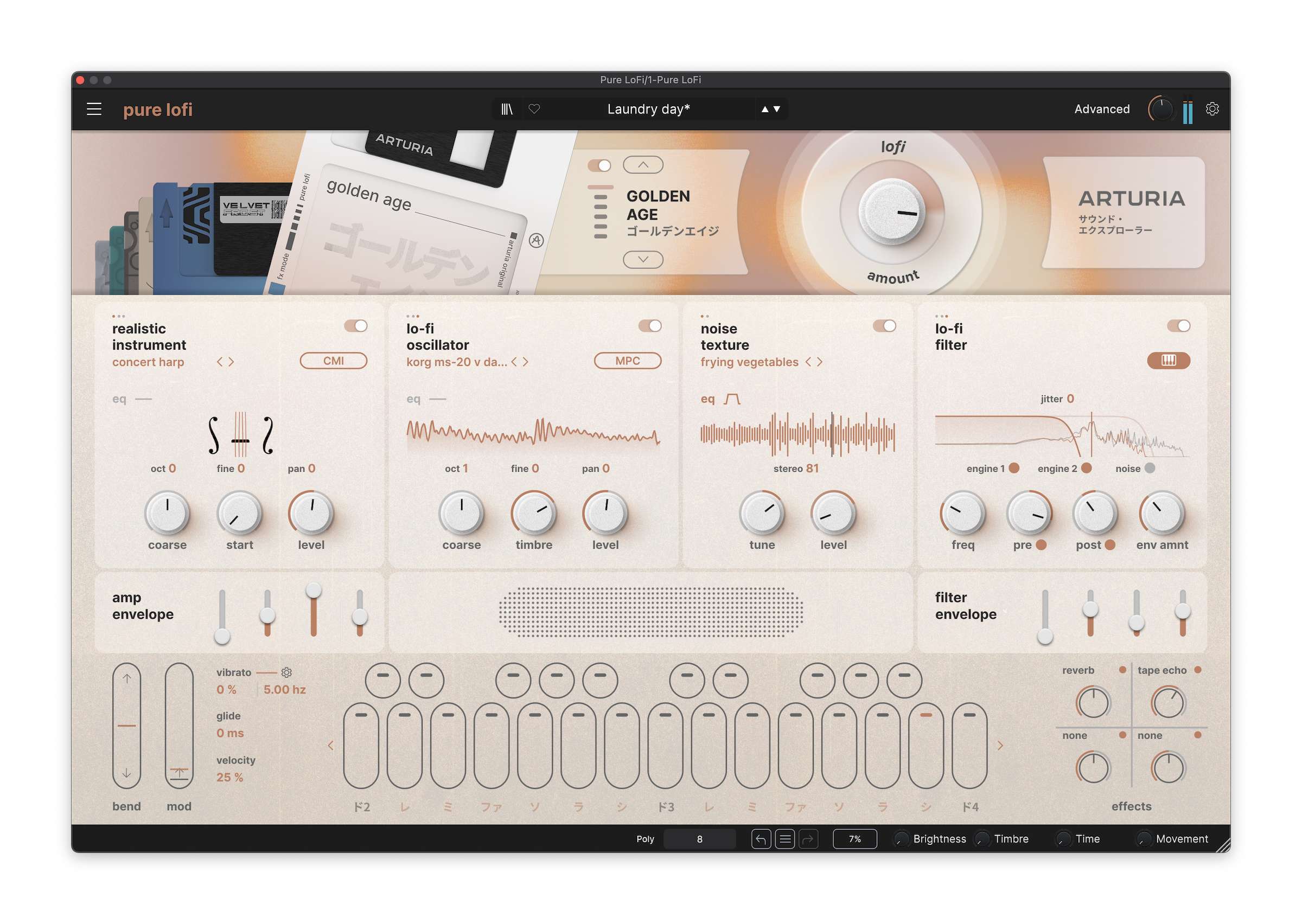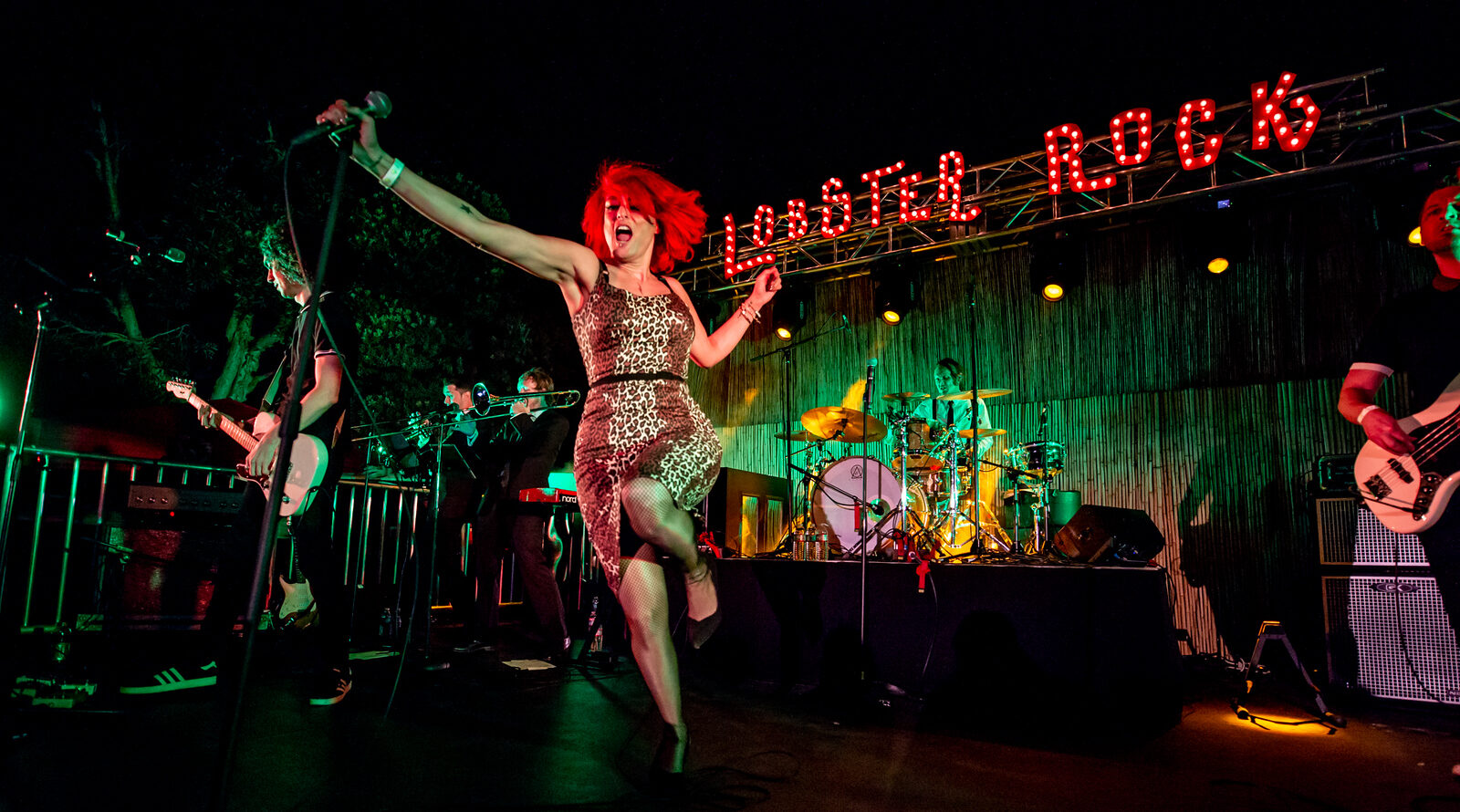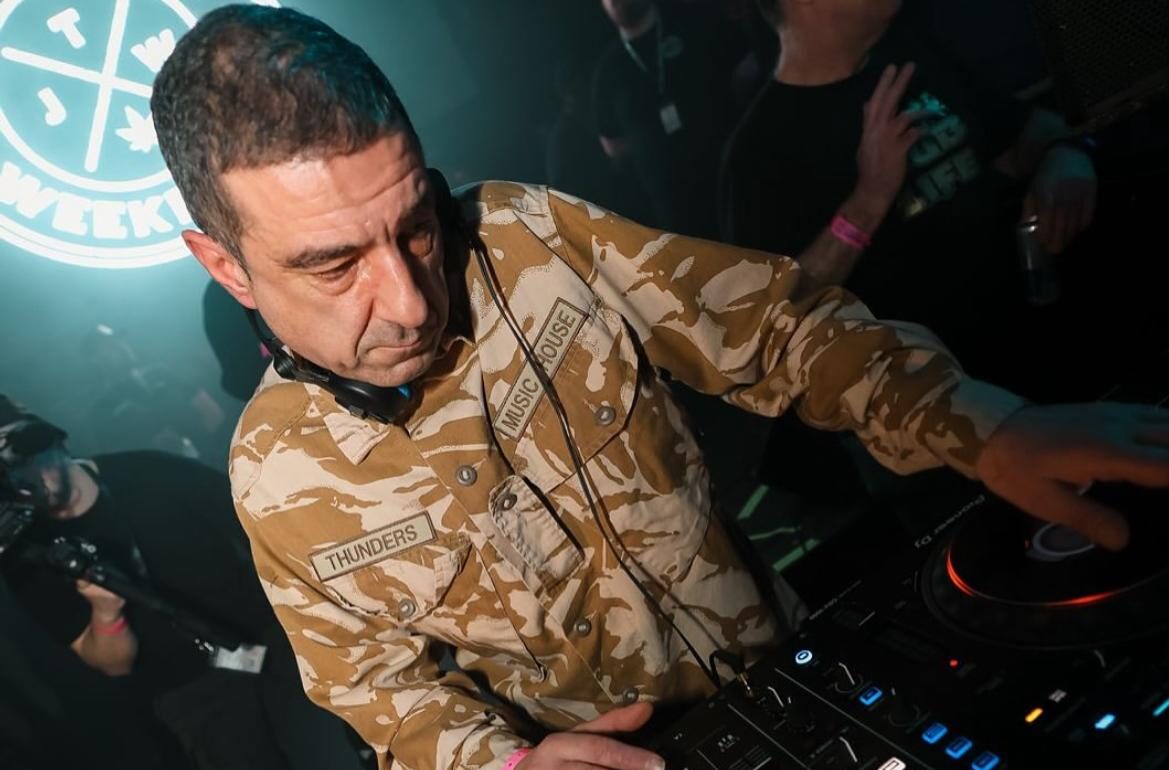Dear Atlas: What Are Some Non-Touristy Things to Do in Paris?
Dear Atlas is Atlas Obscura’s travel advice column, answering the questions you won’t find in traditional guidebooks. Have a question for our experts? Submit it here. * * * Dear Atlas, I’m traveling to Paris with my partner. They want to check out the Louvre and the Eiffel Tower, of course, since it’s their first time, but I’ve already seen them. Are there any lesser-known gems or semi-secret spots either inside or near the big attractions what we can check out? Paris is full of breathtaking attractions and museums that people gloss over in the name of the big hits like the D’Orsay, Eiffel Tower, Versailles, Catacombs, and Louvre. Those places are astonishing and shouldn’t be missed, but Paris is an ancient city full of lots of parks, museums, monuments, and all sorts of attractions that deserve just as much love and attention as the big guys. There is no shortage of options for you and your partner. I’ve been visiting the city for over 15 years and even lived there briefly to live out my “American writer in Paris” fantasies. It is absolutely one of my favorite places to be on the planet. Here are some incredible lesser known attractions that I think are worth taking the time to see: While not super “off the beaten path,” the Musée de Cluny sees a fraction of the crowds the other big museums do. Inside this extensive collection of medieval art is housed in the 15th-century home of the Abbey de Cluny, you’ll find a ton of impressive tapestries (including the iconic Lady and the Unicorn), armor, and paintings. While you’re there, check out Gallo-Roman Thermes de Cluny, the ruins of an ancient Roman bathhouse. Located in the Marais, Musée des Archives Nationales is housed in an old aristocratic mansion that dates back to 1371. The archives were established by Napoleon and here you can enjoy a tour of some of the preserved baroque rooms that were used by the Soubise family that lived there, rotating history and art exhibits, and a beautiful courtyard and garden. It’s free to visit too! For something smaller, check out the Gustave Moreau Museum, which is dedicated to the paintings of 19th-century Symbolist Gustave Moreau. Located in the 9th arrondissement, this oft-overlooked museum in a beautiful old mansion is well-worth the quick detour. Or perhaps you might want to check out the Musée Édith Piaf, dedicated to arguably the most famous French singer from the 1930s to the 1960s, and known around the world for her songs La Vie En Rose and Non, Je Ne Regrette Rien. She lived in a little apartment in the Ménilmontant district at the start of her career, which has been turned into a tiny museum dedicated to her. You get a glimpse at her life through her gold and platinum records, photographs, clothing, letters from fans, posters, recordings, and sheet music. If you need a break from the museums, stroll down the Promenade Plantée, an elevated, tree-lined walkway that extends roughly three miles along the old Vincennes railway line. The railway line stopped being used 1969 and the city turned it into an above ground park a couple decades later. You'll find lots of trees, flowers, ponds, and places to sit along this long path that stretches from Bastille to the edge of Paris. Even on a nice day, it's almost never crowded. As a bonus, it cuts through the less touristy parts of the city. Finally, lovers of the written word should head to the Bibliothèque Nationale de France. The collection is massive at over 40 million items, including some 15 million books and over 5,000 manuscripts from ancient Greece. It’s easily one of the grandest libraries in the world, as well as one of the oldest. Historians can trace its roots loosely back to a library founded in 1368 by Charles V. The Richelieu branch sprawls over a whole city block in a lavishly decorated building that would look right at home in Versailles. Be sure to take a peek at the old rotunda of the art library and the 20-foot globes in the permanent collection. There’s a seemingly endless amount of small museums, quirky attractions, hidden parks, and cool tours you can do in Paris. It would take dozens of visits to see them all but I think if you started with these, you’d get a glimpse of the city that most tourists don’t end up seeing. *** Matthew Kepnes didn’t take his first trip overseas until he was 23. In 2005, he took a trip to Thailand that inspired him to come home, quit his job, and backpack around the world for a year. That trip ended up lasting 18 months. In 2008, he started his website, Nomadic Matt, to help others travel better, cheaper, and longer and has helped millions of people a year realize their own travel dreams. His new book, How to Travel the World on $75 a Day, helps people have incredible travel experiences on a budget. When he isn’t traveling, he resides in Austin and New York City. He can be found at his website as well as on Instagram at @nomadicmatt.

Dear Atlas is Atlas Obscura’s travel advice column, answering the questions you won’t find in traditional guidebooks. Have a question for our experts? Submit it here.
* * *
Dear Atlas,
I’m traveling to Paris with my partner. They want to check out the Louvre and the Eiffel Tower, of course, since it’s their first time, but I’ve already seen them. Are there any lesser-known gems or semi-secret spots either inside or near the big attractions what we can check out?
Paris is full of breathtaking attractions and museums that people gloss over in the name of the big hits like the D’Orsay, Eiffel Tower, Versailles, Catacombs, and Louvre. Those places are astonishing and shouldn’t be missed, but Paris is an ancient city full of lots of parks, museums, monuments, and all sorts of attractions that deserve just as much love and attention as the big guys. There is no shortage of options for you and your partner.
I’ve been visiting the city for over 15 years and even lived there briefly to live out my “American writer in Paris” fantasies. It is absolutely one of my favorite places to be on the planet. Here are some incredible lesser known attractions that I think are worth taking the time to see:
While not super “off the beaten path,” the Musée de Cluny sees a fraction of the crowds the other big museums do. Inside this extensive collection of medieval art is housed in the 15th-century home of the Abbey de Cluny, you’ll find a ton of impressive tapestries (including the iconic Lady and the Unicorn), armor, and paintings. While you’re there, check out Gallo-Roman Thermes de Cluny, the ruins of an ancient Roman bathhouse.
Located in the Marais, Musée des Archives Nationales is housed in an old aristocratic mansion that dates back to 1371. The archives were established by Napoleon and here you can enjoy a tour of some of the preserved baroque rooms that were used by the Soubise family that lived there, rotating history and art exhibits, and a beautiful courtyard and garden. It’s free to visit too!
For something smaller, check out the Gustave Moreau Museum, which is dedicated to the paintings of 19th-century Symbolist Gustave Moreau. Located in the 9th arrondissement, this oft-overlooked museum in a beautiful old mansion is well-worth the quick detour.
Or perhaps you might want to check out the Musée Édith Piaf, dedicated to arguably the most famous French singer from the 1930s to the 1960s, and known around the world for her songs La Vie En Rose and Non, Je Ne Regrette Rien. She lived in a little apartment in the Ménilmontant district at the start of her career, which has been turned into a tiny museum dedicated to her. You get a glimpse at her life through her gold and platinum records, photographs, clothing, letters from fans, posters, recordings, and sheet music.
If you need a break from the museums, stroll down the Promenade Plantée, an elevated, tree-lined walkway that extends roughly three miles along the old Vincennes railway line. The railway line stopped being used 1969 and the city turned it into an above ground park a couple decades later. You'll find lots of trees, flowers, ponds, and places to sit along this long path that stretches from Bastille to the edge of Paris. Even on a nice day, it's almost never crowded. As a bonus, it cuts through the less touristy parts of the city.
Finally, lovers of the written word should head to the Bibliothèque Nationale de France. The collection is massive at over 40 million items, including some 15 million books and over 5,000 manuscripts from ancient Greece. It’s easily one of the grandest libraries in the world, as well as one of the oldest. Historians can trace its roots loosely back to a library founded in 1368 by Charles V. The Richelieu branch sprawls over a whole city block in a lavishly decorated building that would look right at home in Versailles. Be sure to take a peek at the old rotunda of the art library and the 20-foot globes in the permanent collection.
There’s a seemingly endless amount of small museums, quirky attractions, hidden parks, and cool tours you can do in Paris. It would take dozens of visits to see them all but I think if you started with these, you’d get a glimpse of the city that most tourists don’t end up seeing.
***
Matthew Kepnes didn’t take his first trip overseas until he was 23. In 2005, he took a trip to Thailand that inspired him to come home, quit his job, and backpack around the world for a year. That trip ended up lasting 18 months. In 2008, he started his website, Nomadic Matt, to help others travel better, cheaper, and longer and has helped millions of people a year realize their own travel dreams. His new book, How to Travel the World on $75 a Day, helps people have incredible travel experiences on a budget. When he isn’t traveling, he resides in Austin and New York City. He can be found at his website as well as on Instagram at @nomadicmatt.







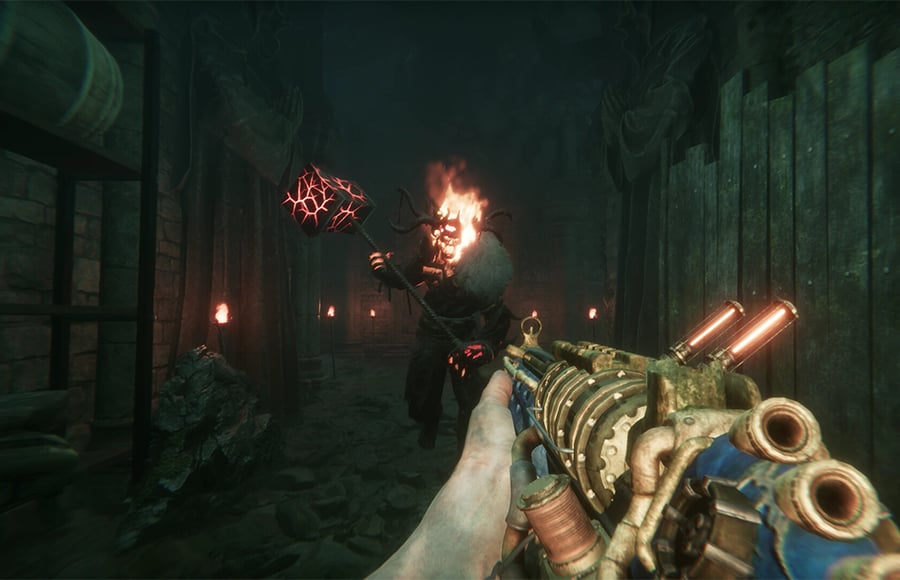



















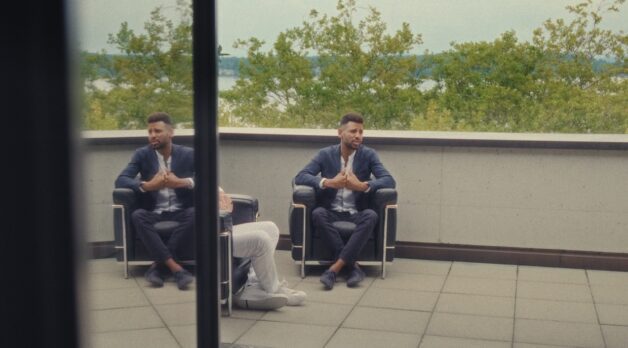
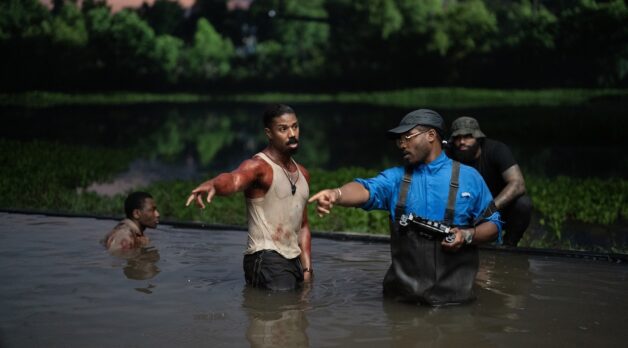

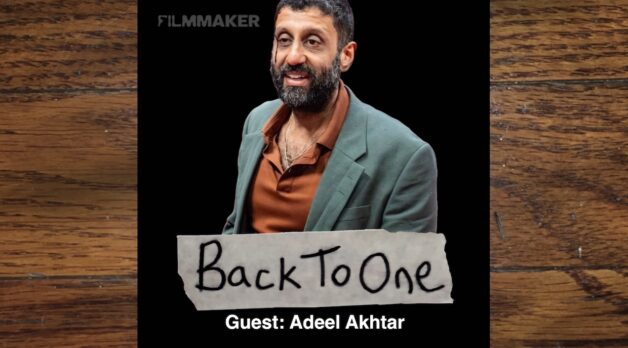

























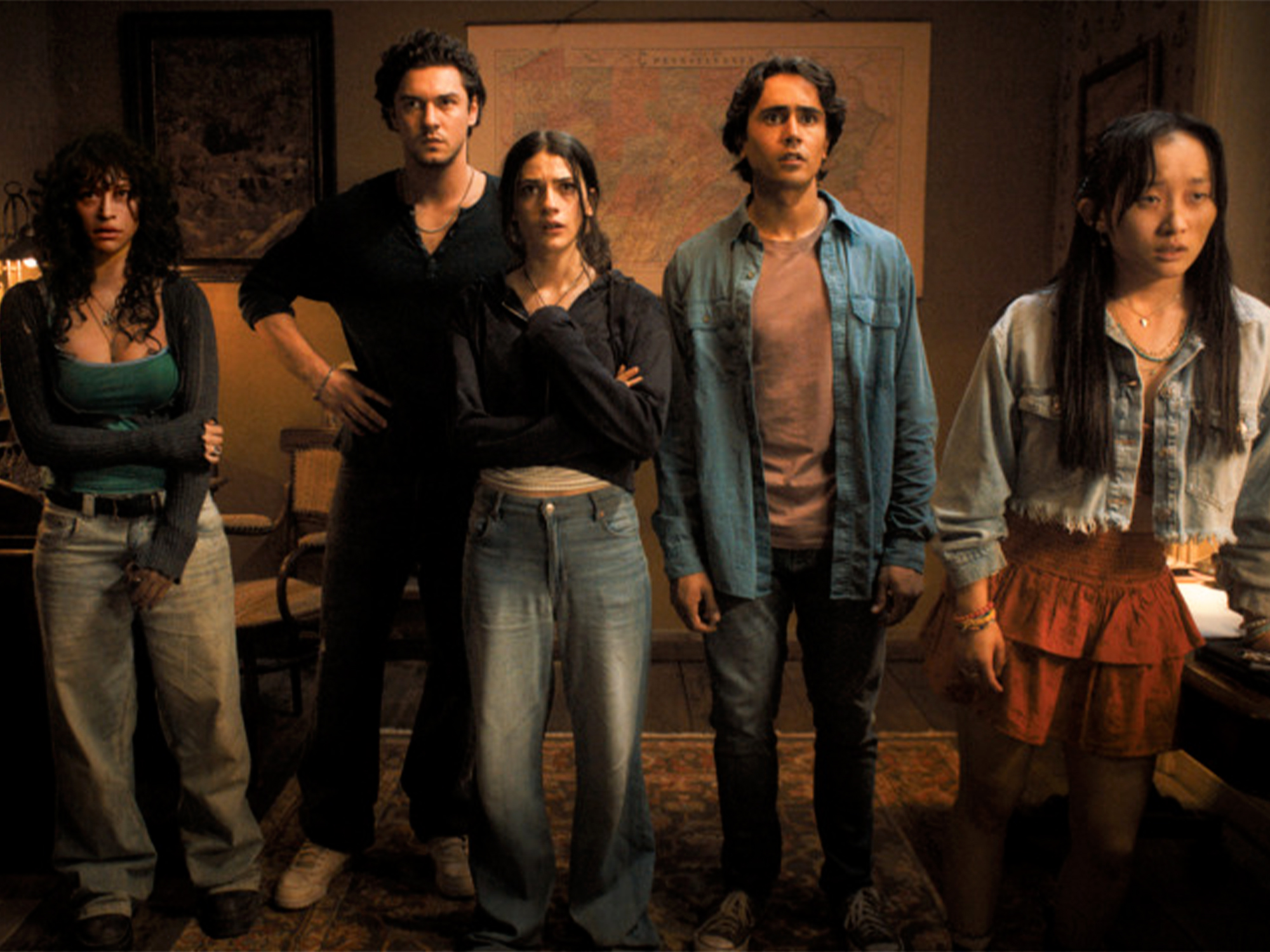








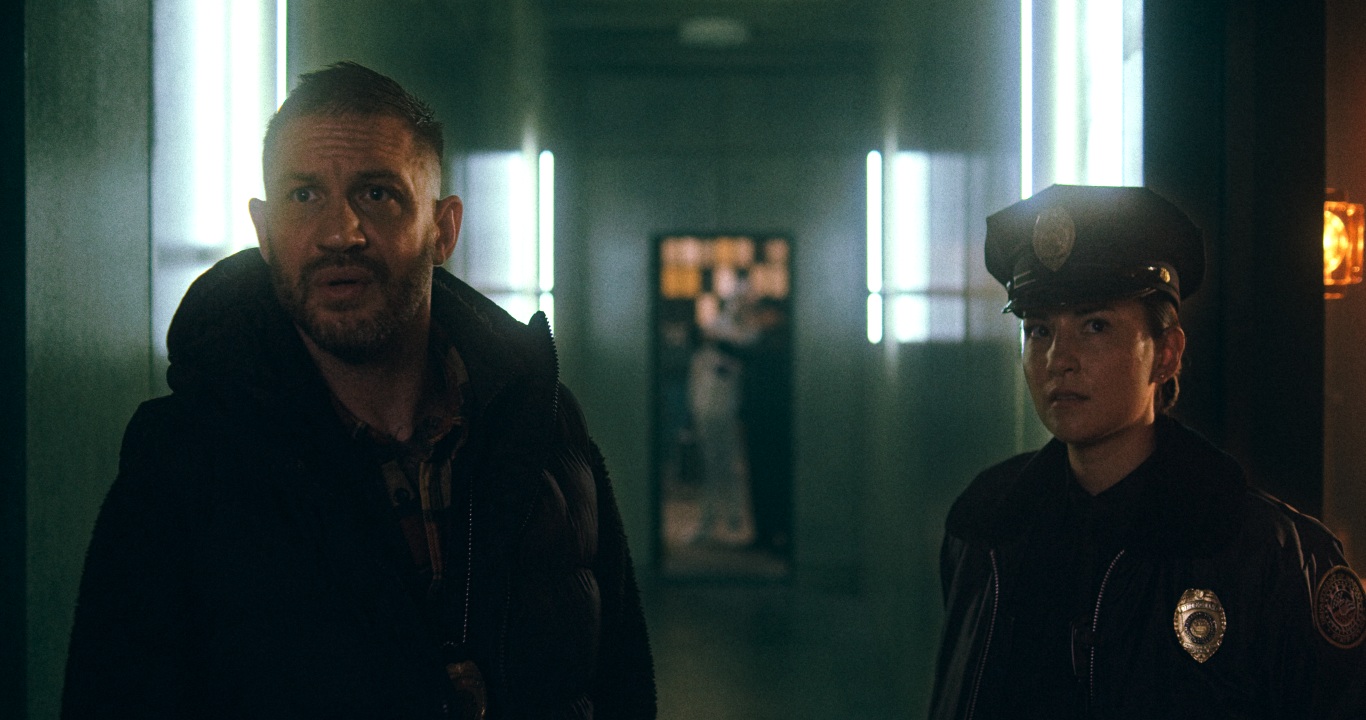

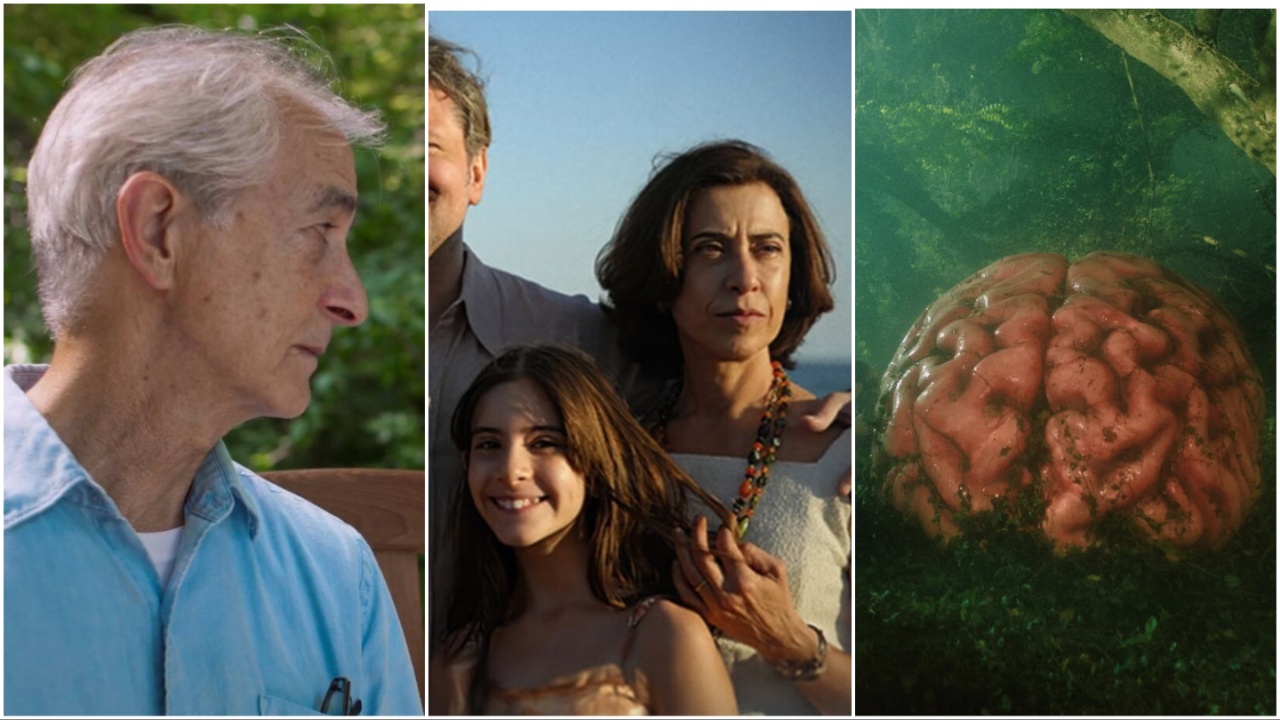





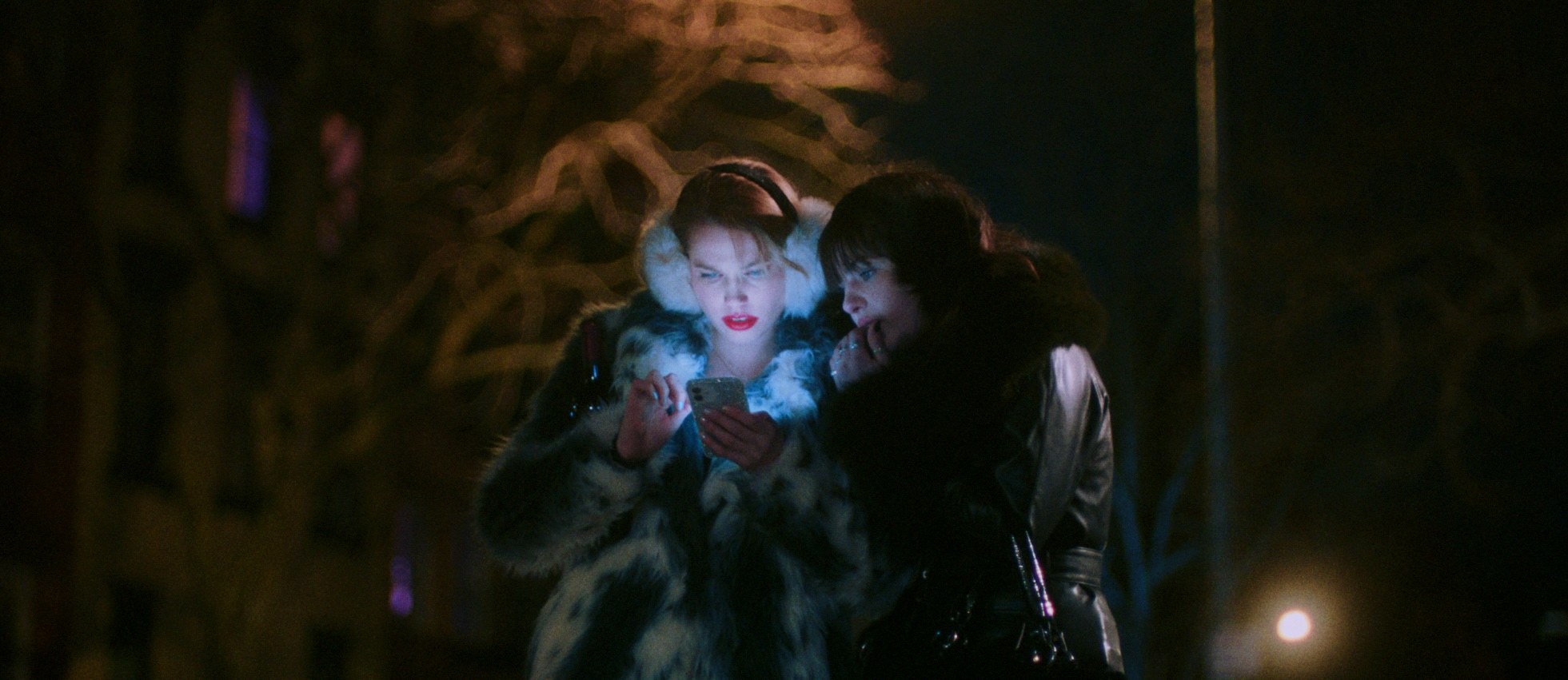

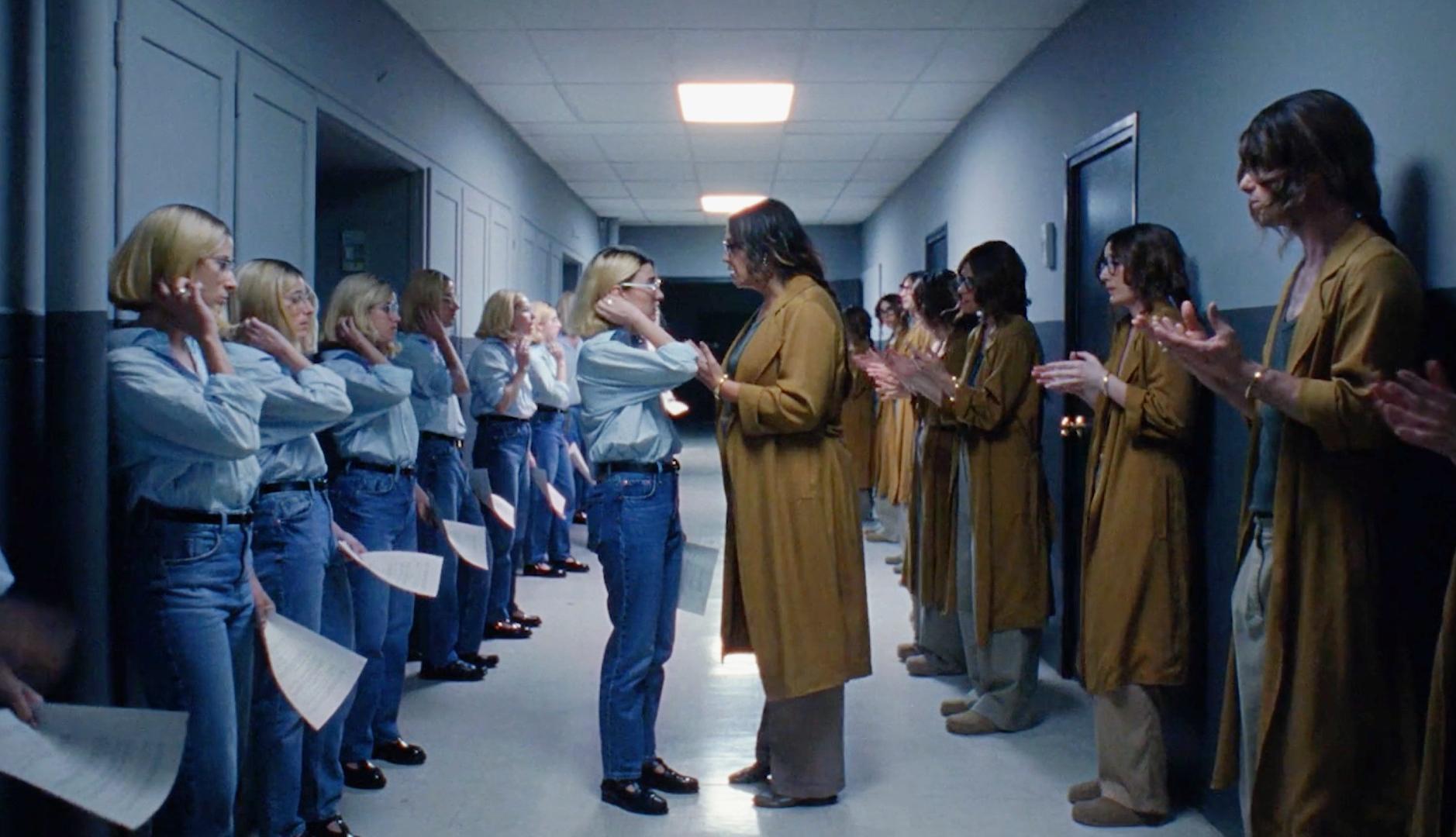

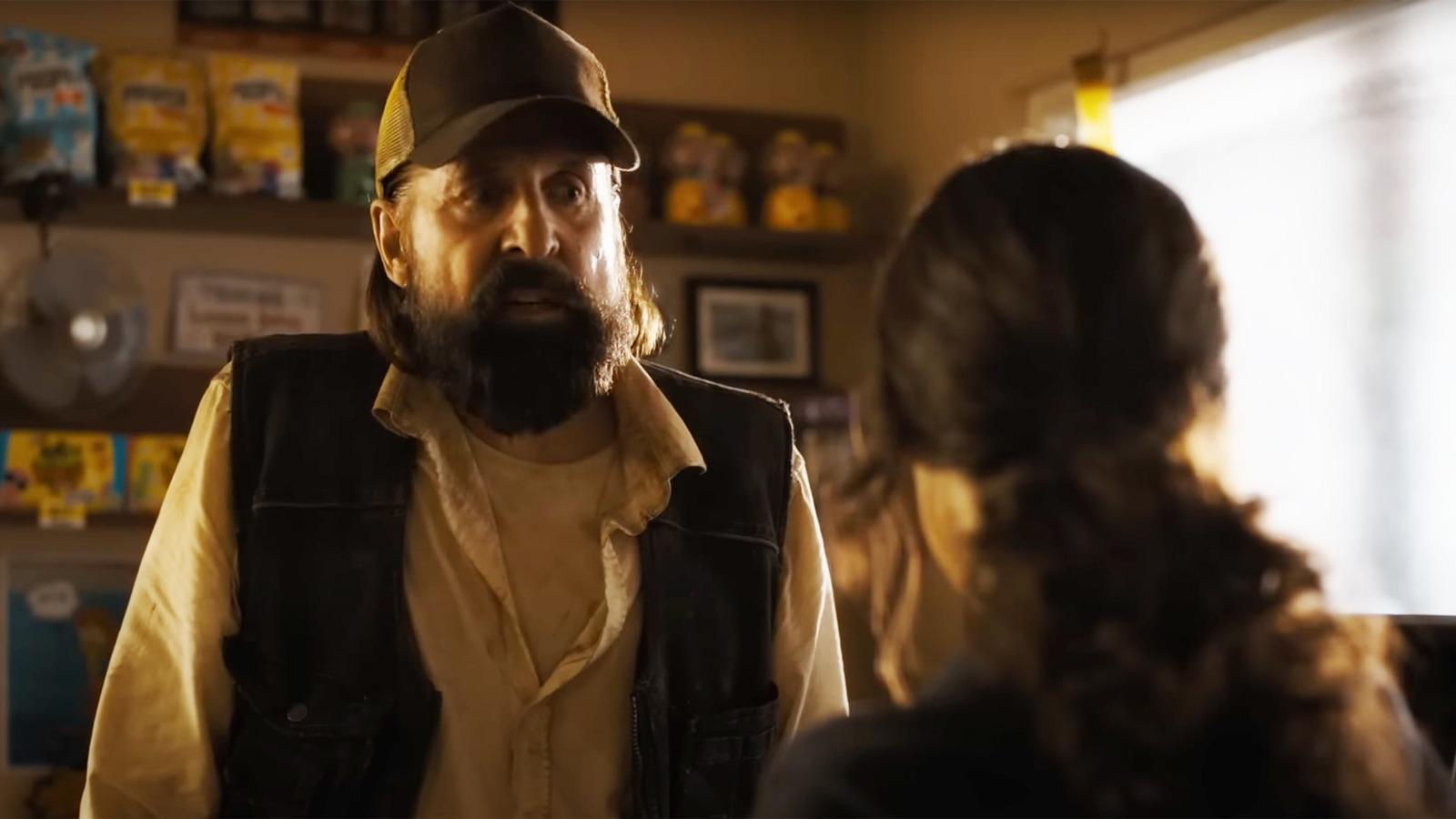








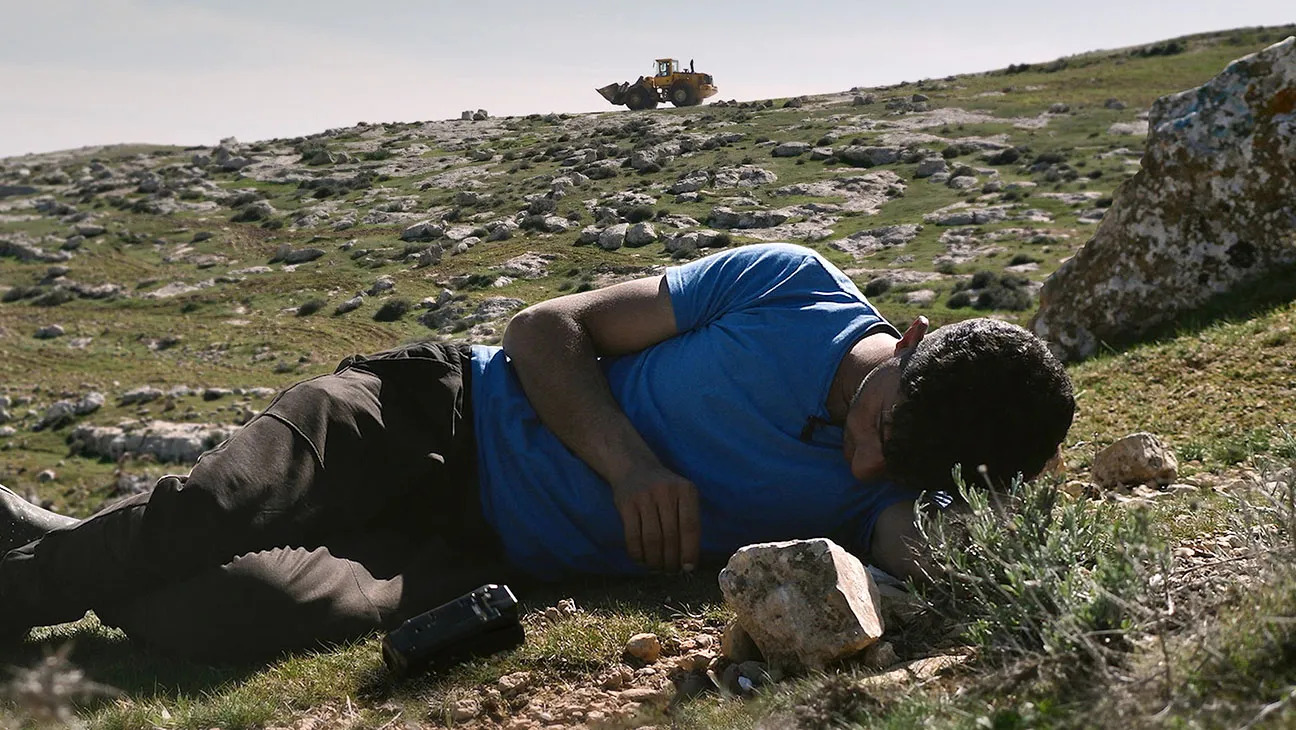


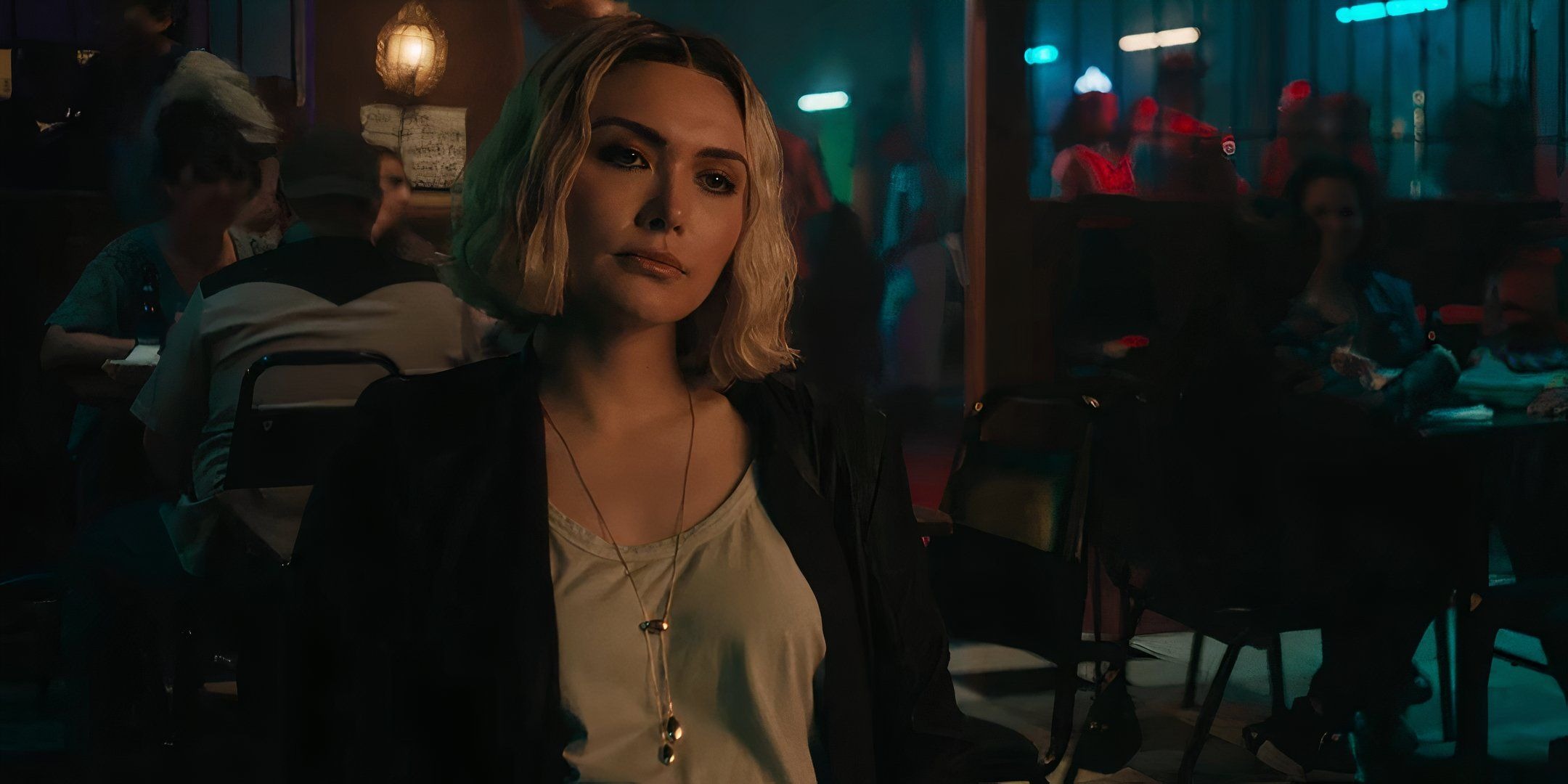
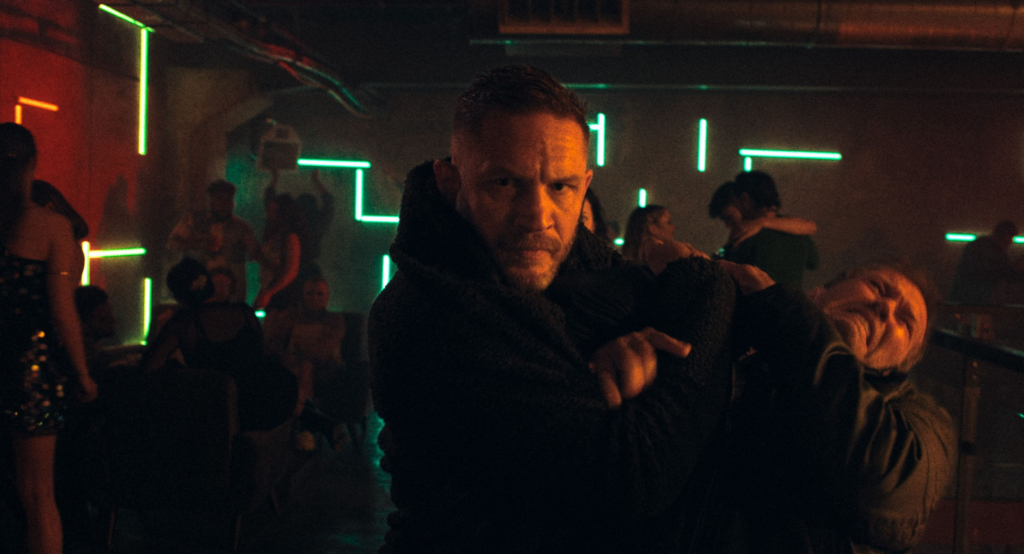



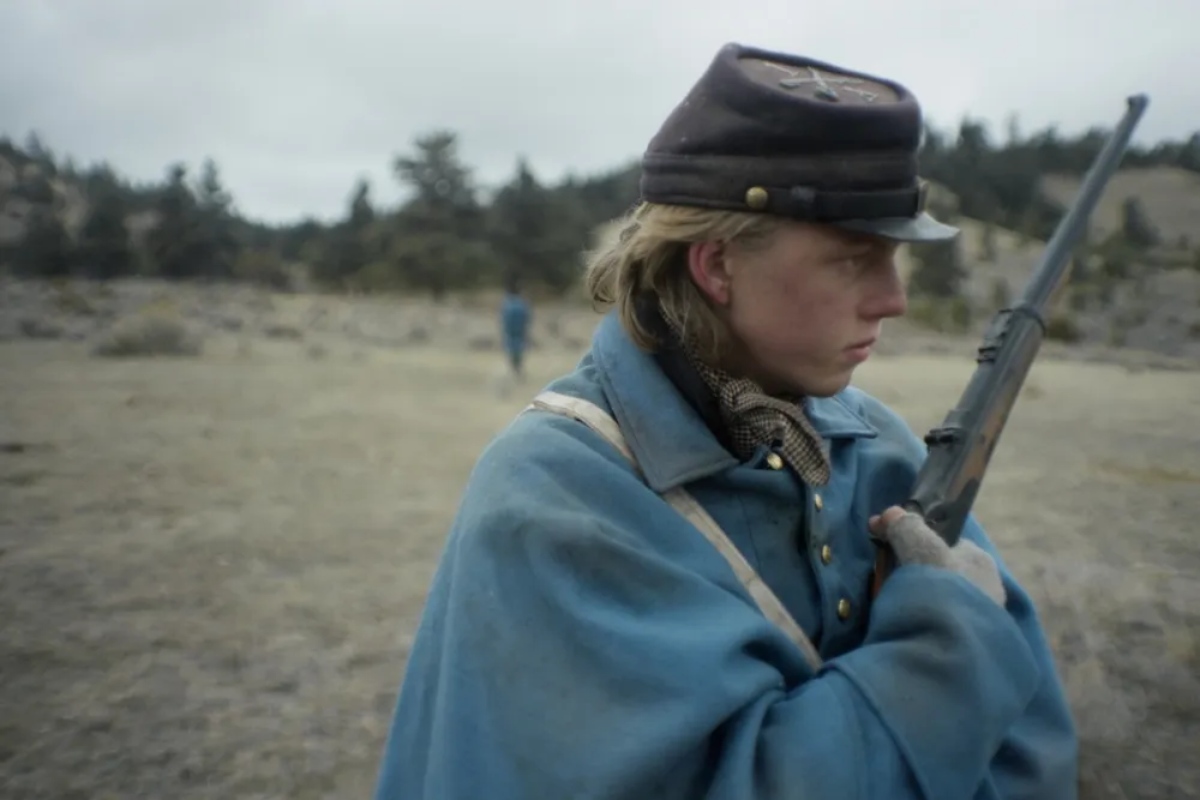
















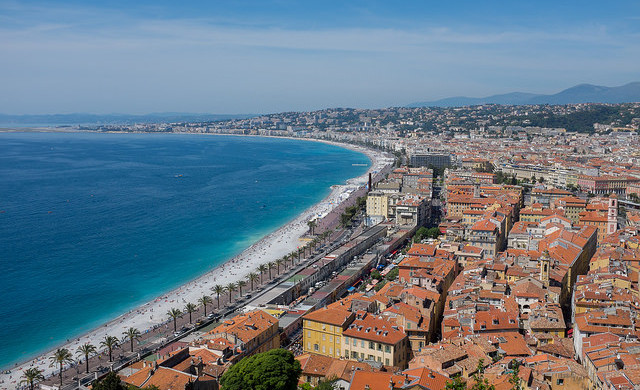
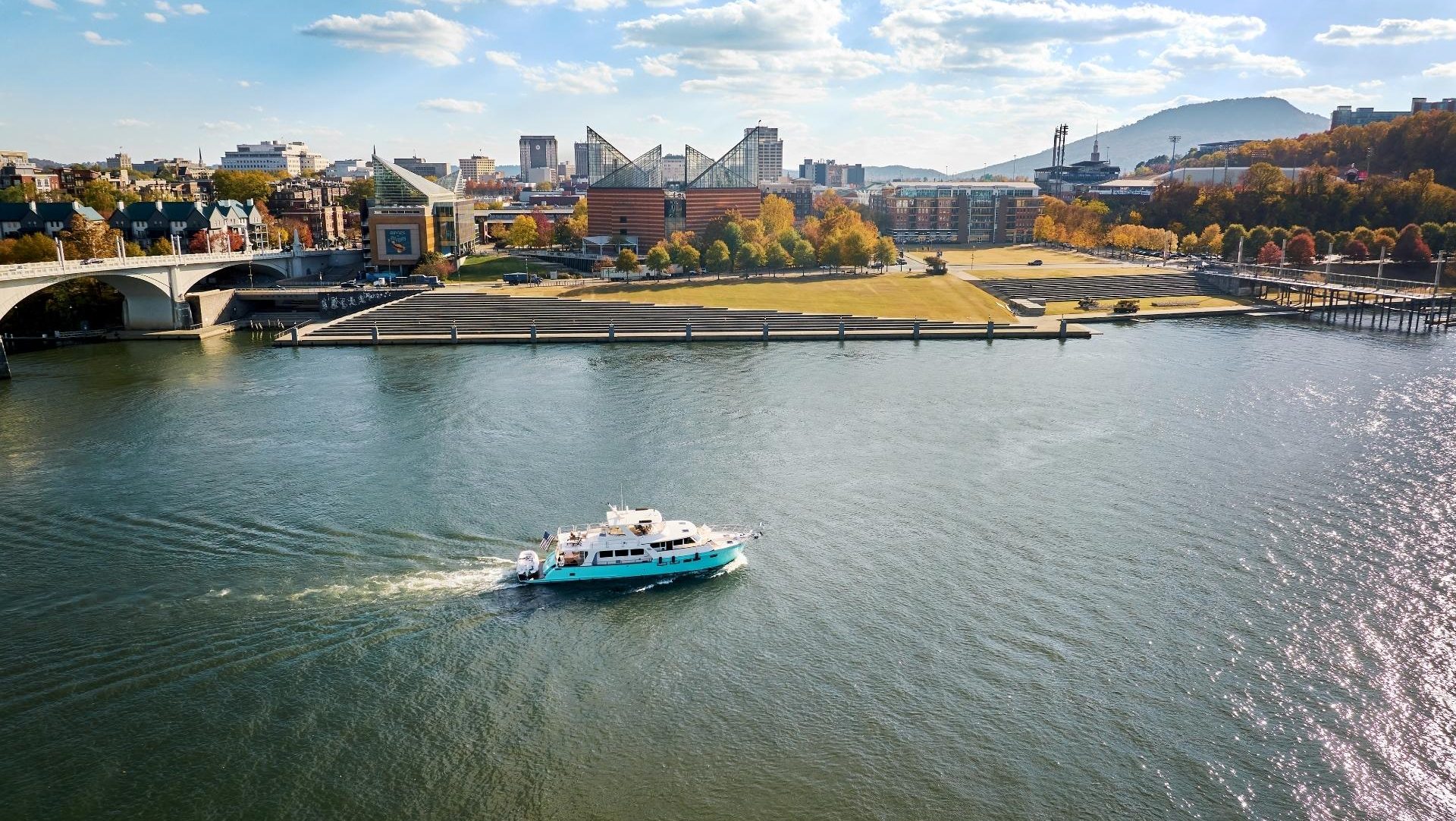














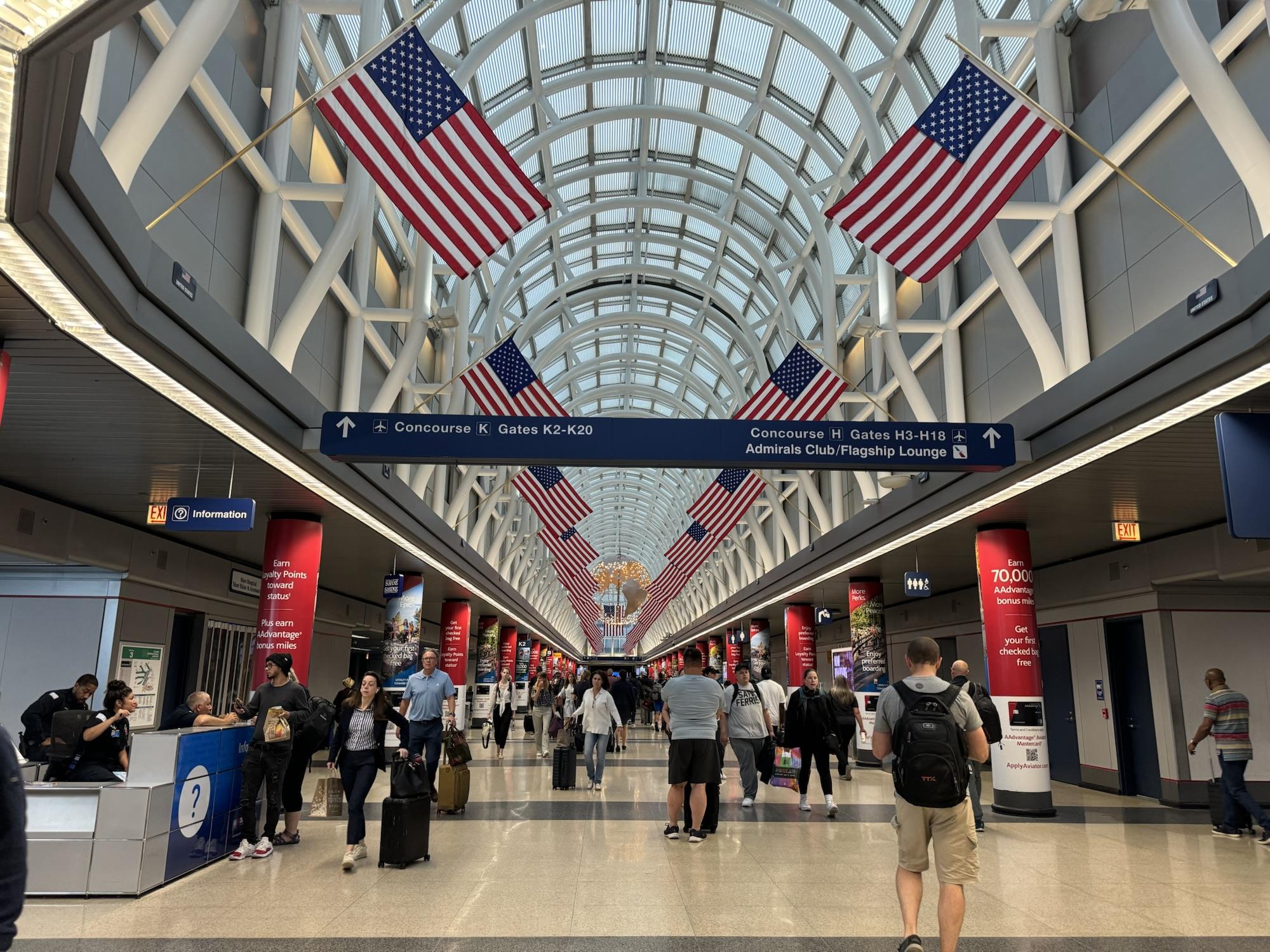





















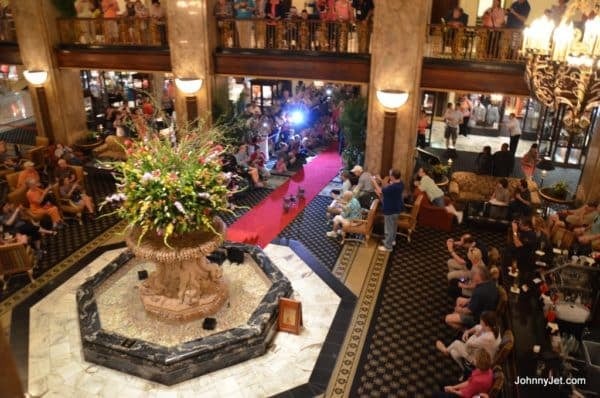



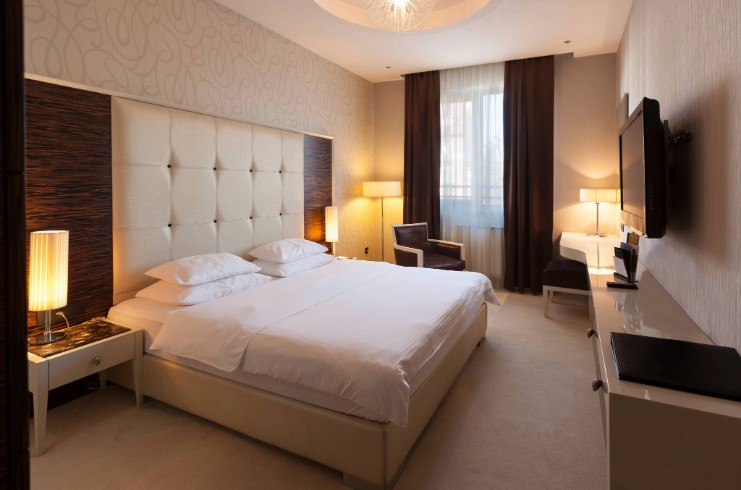












































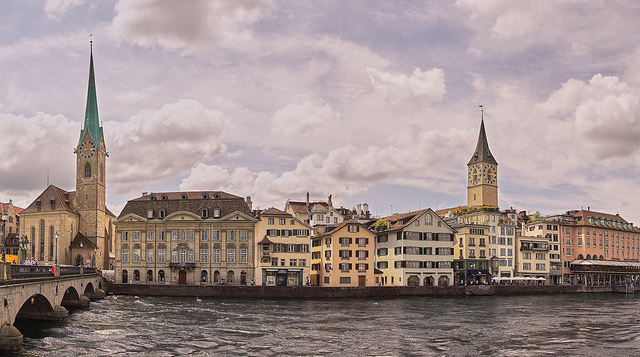
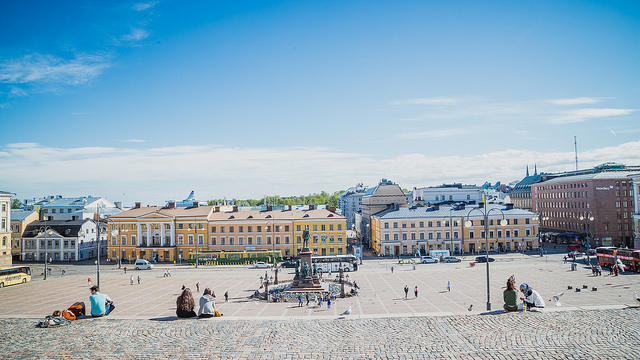





































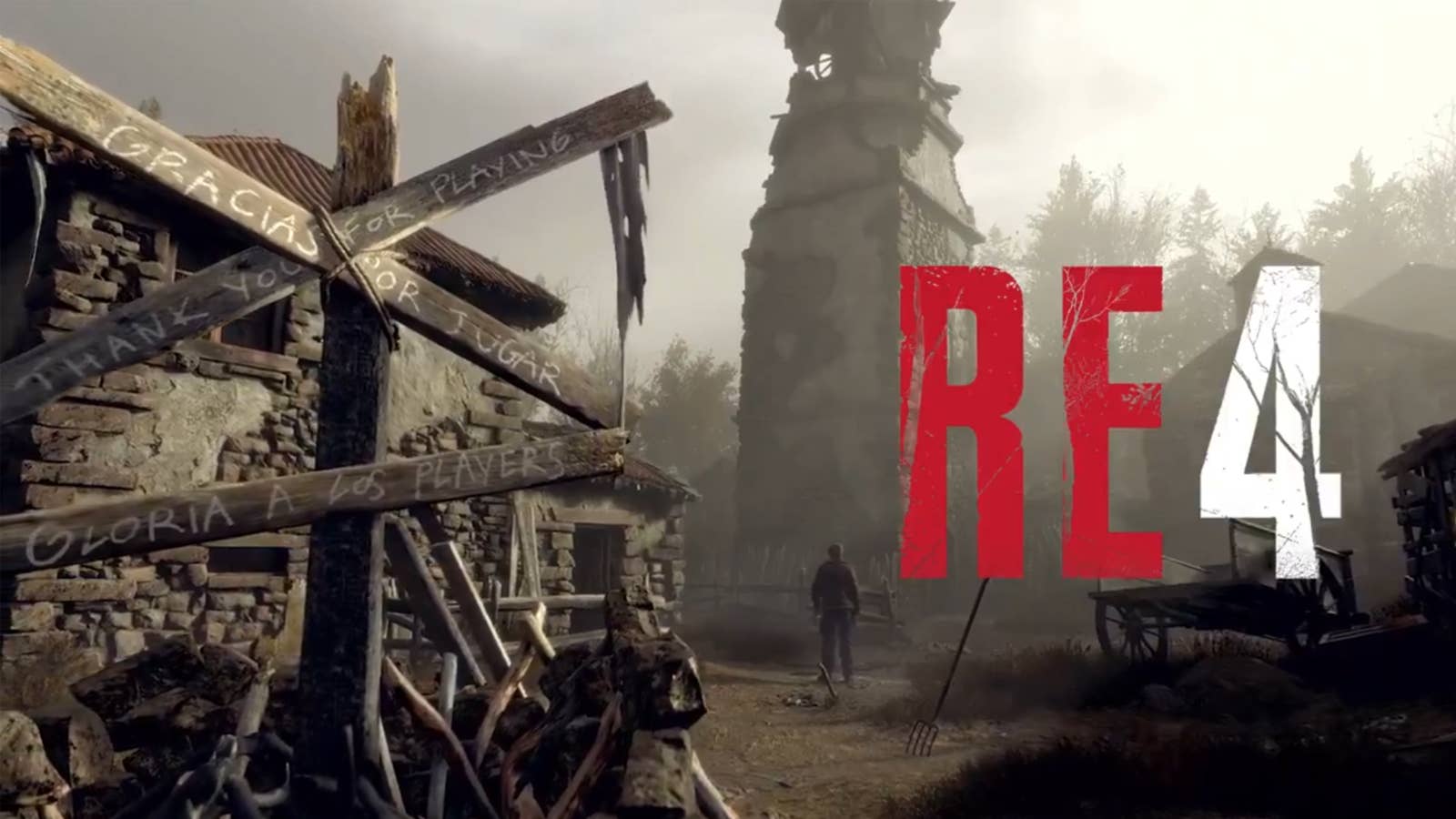
















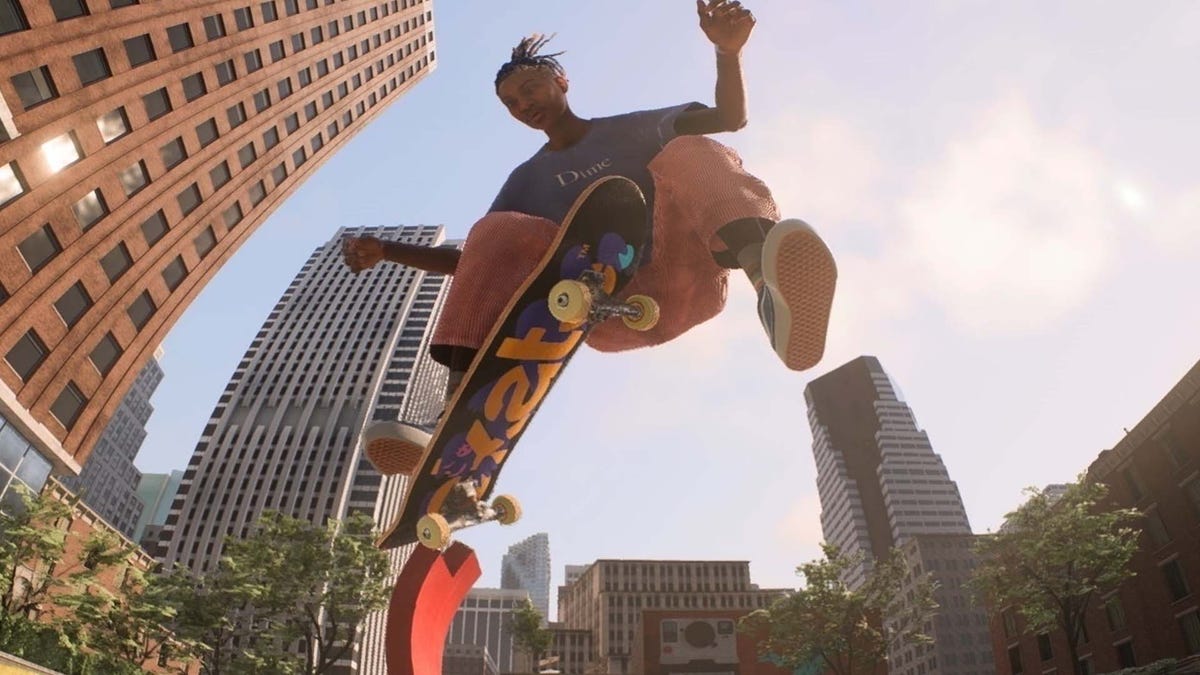









































.jpg?width=1920&height=1920&fit=bounds&quality=70&format=jpg&auto=webp#)










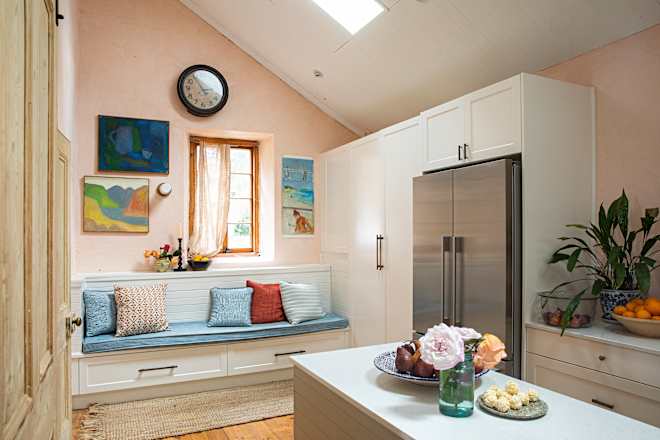




















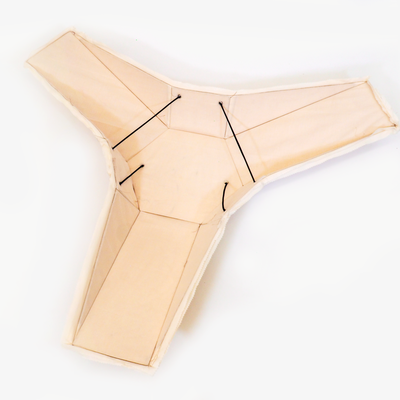

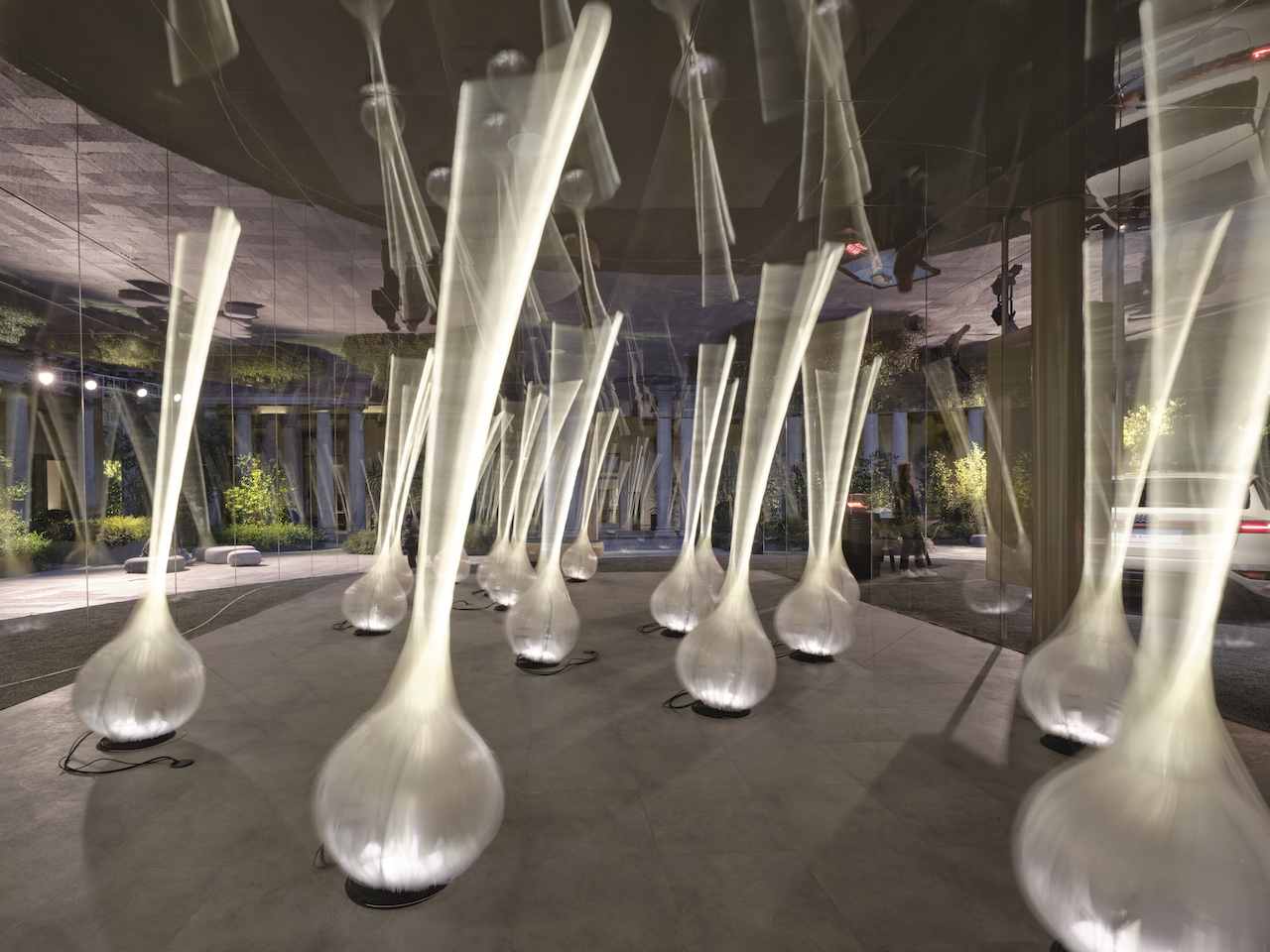
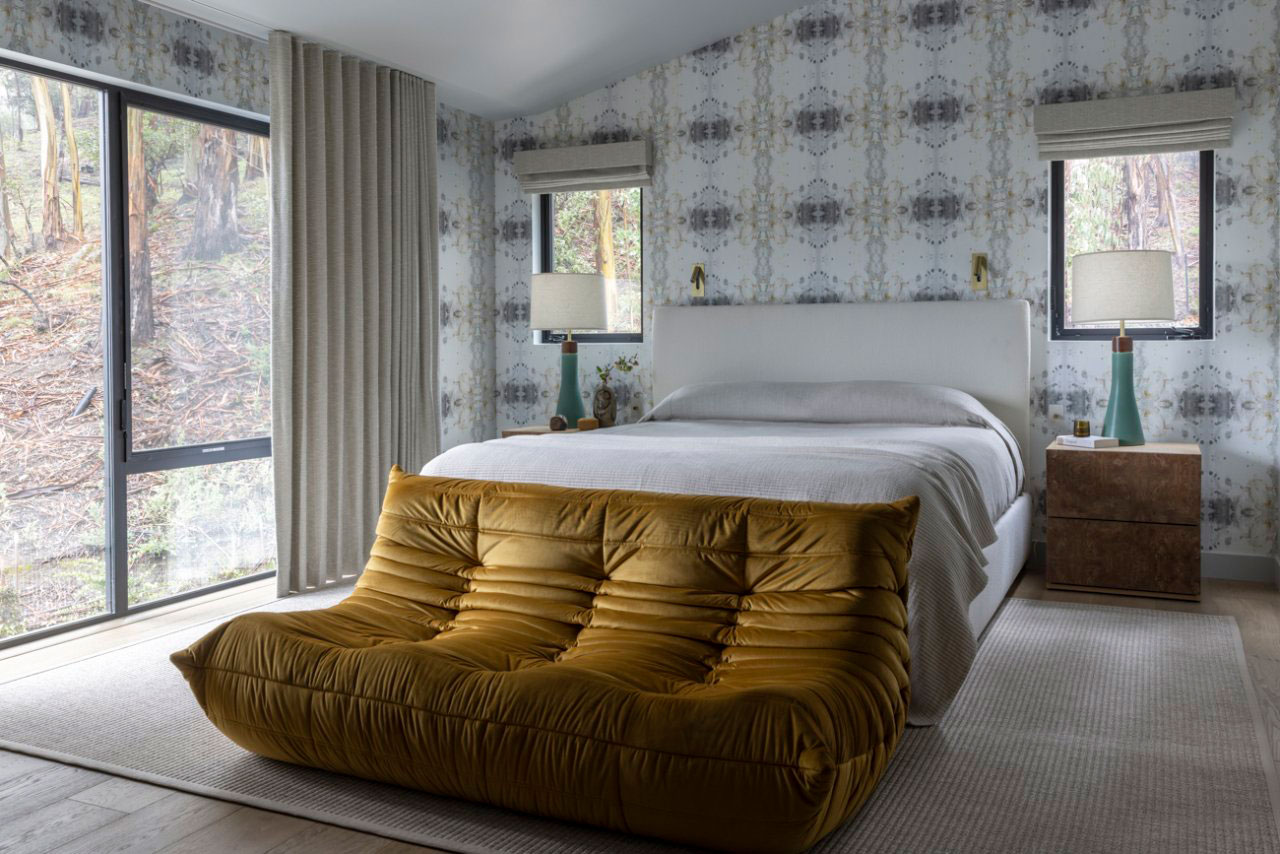





















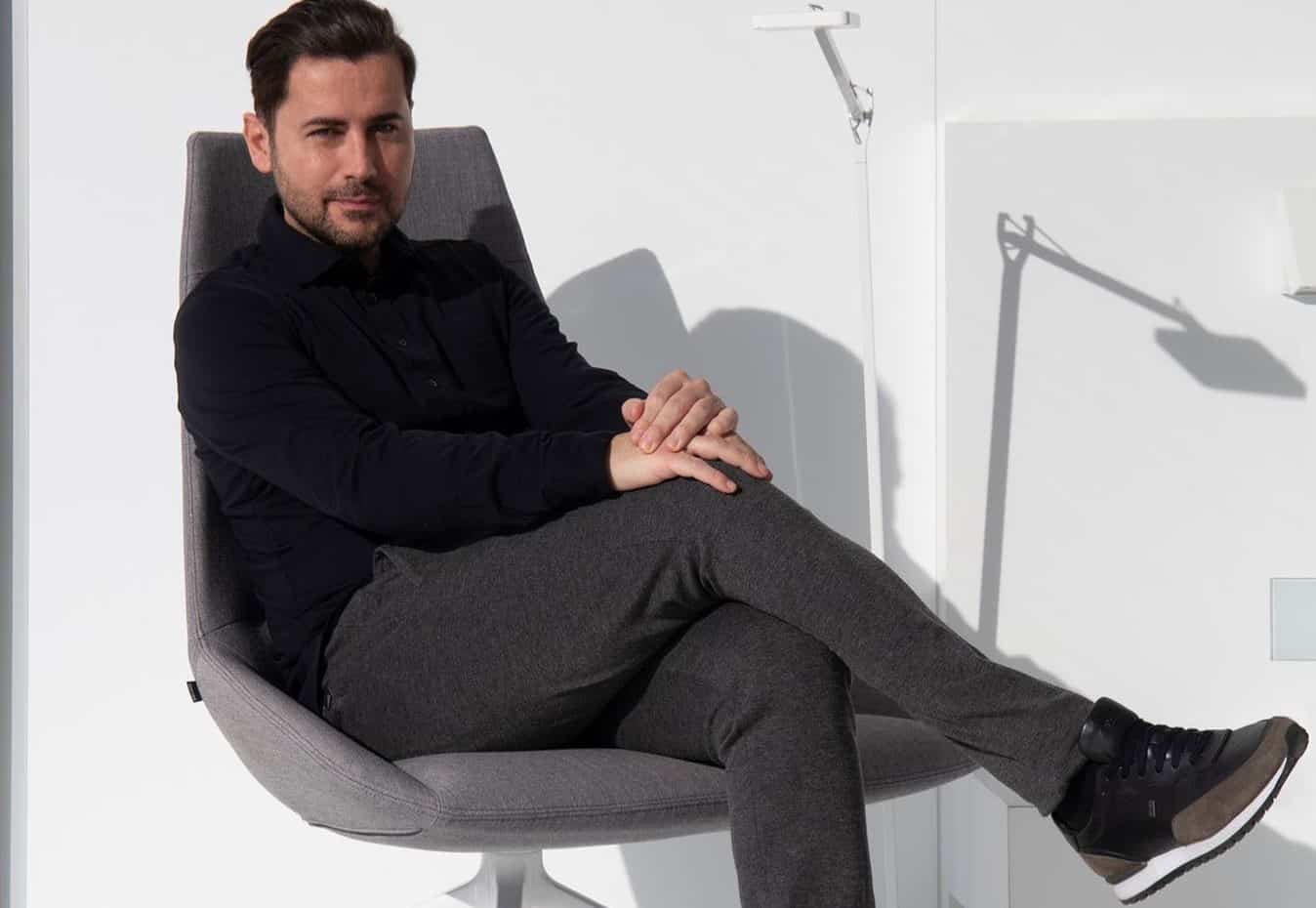



















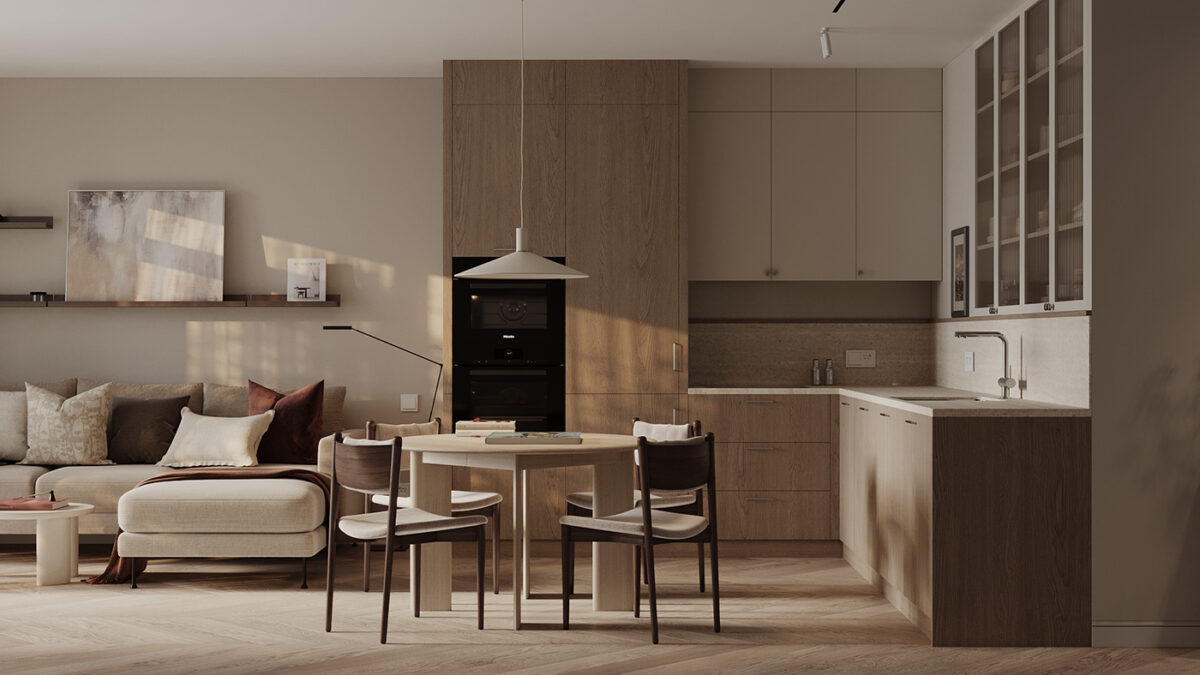

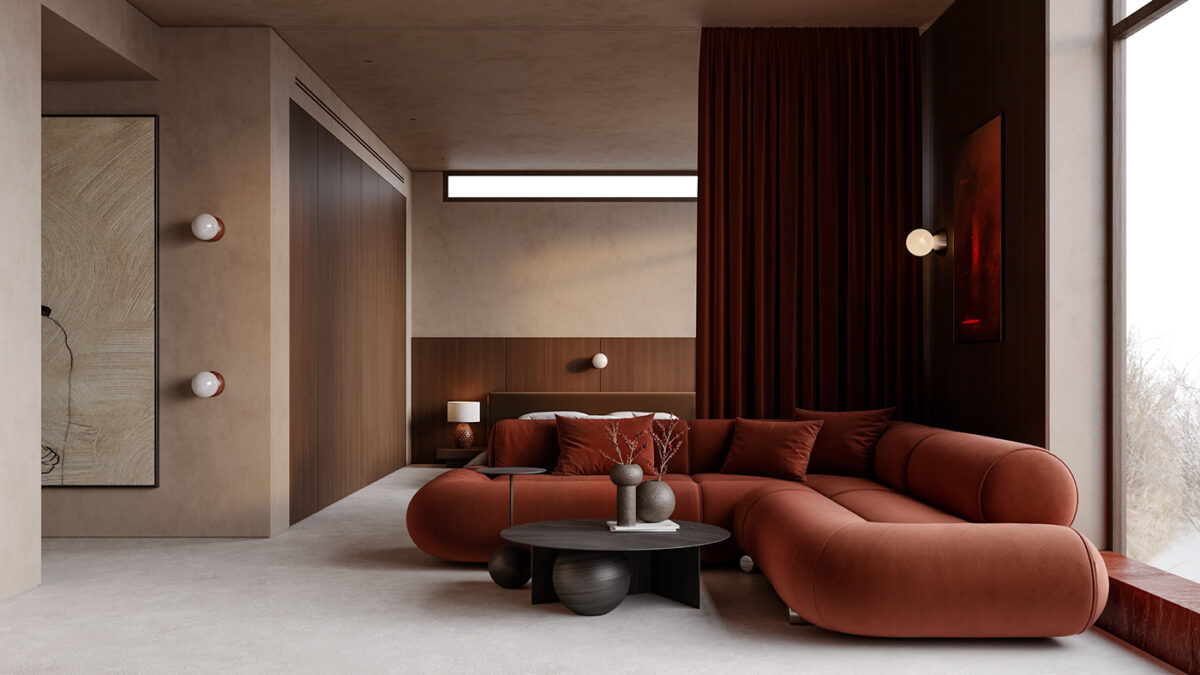



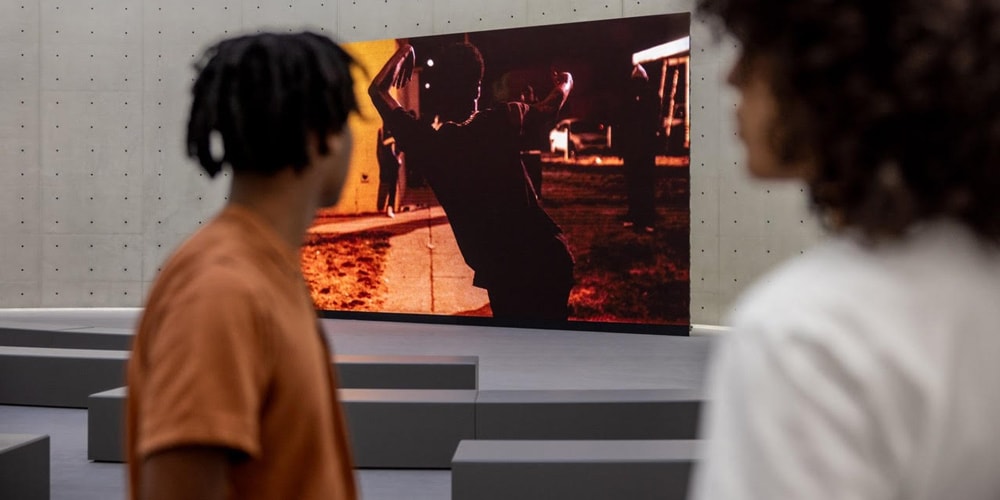

![[Podcast] Unlocking Innovation: How Play & Creativity Drive Success with Melissa Dinwiddie](https://justcreative.com/wp-content/uploads/2025/04/melissa-dinwiddie-youtube.png)



